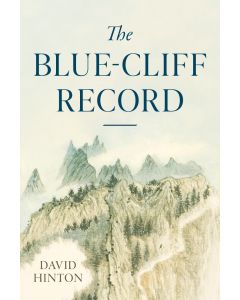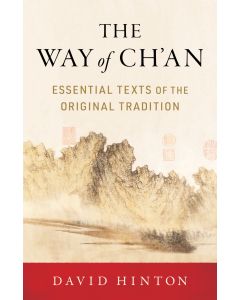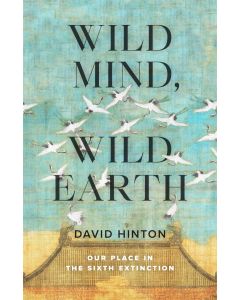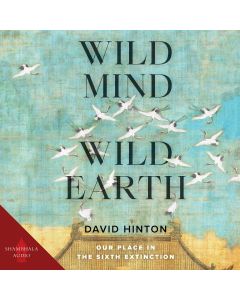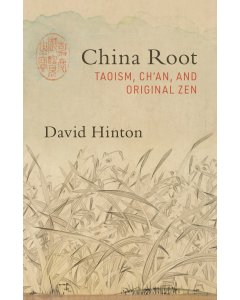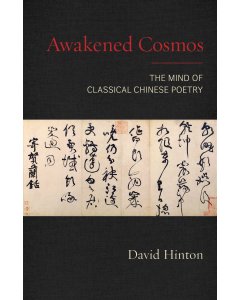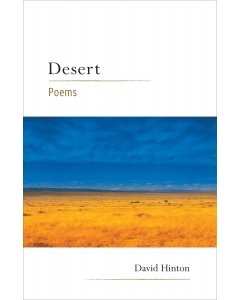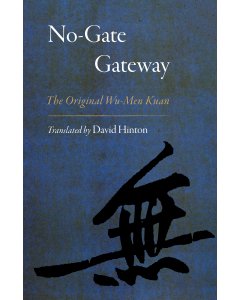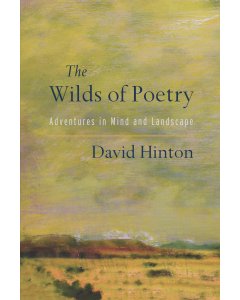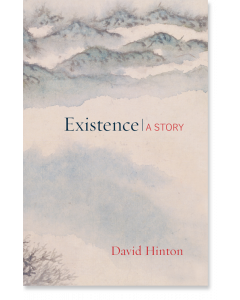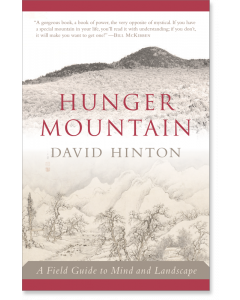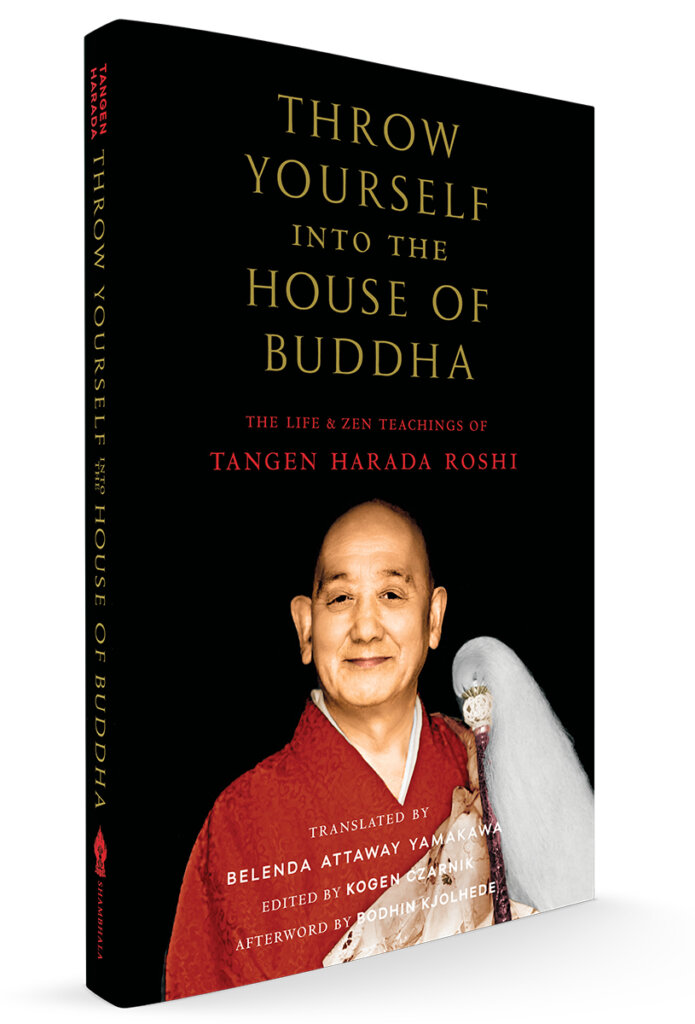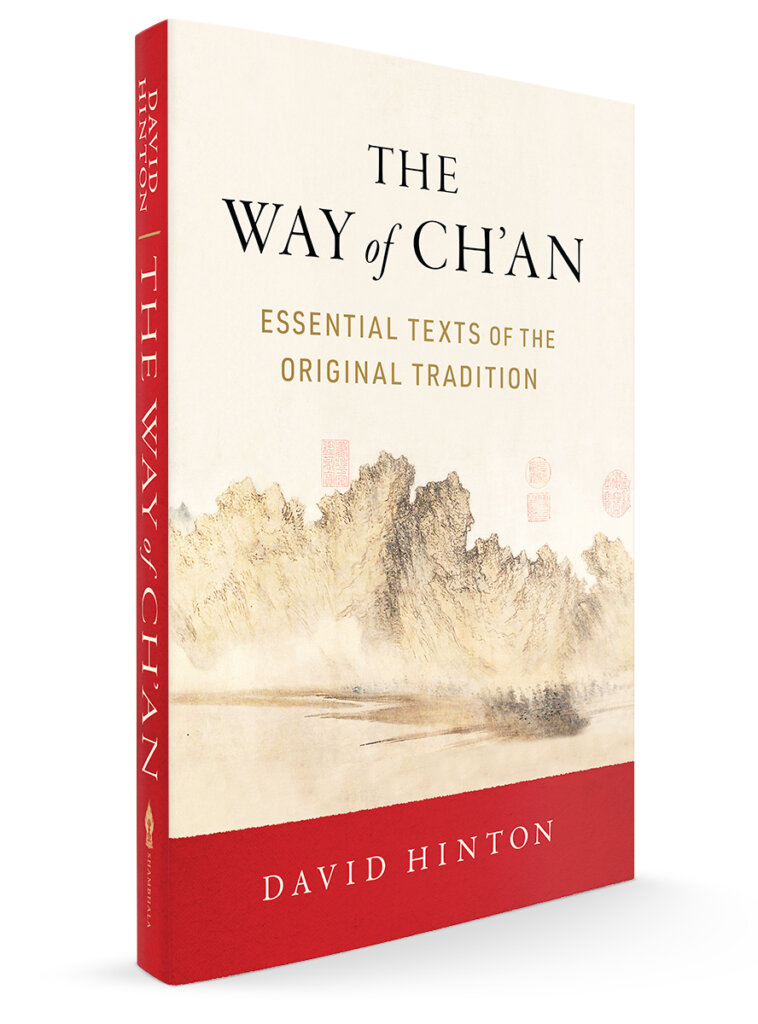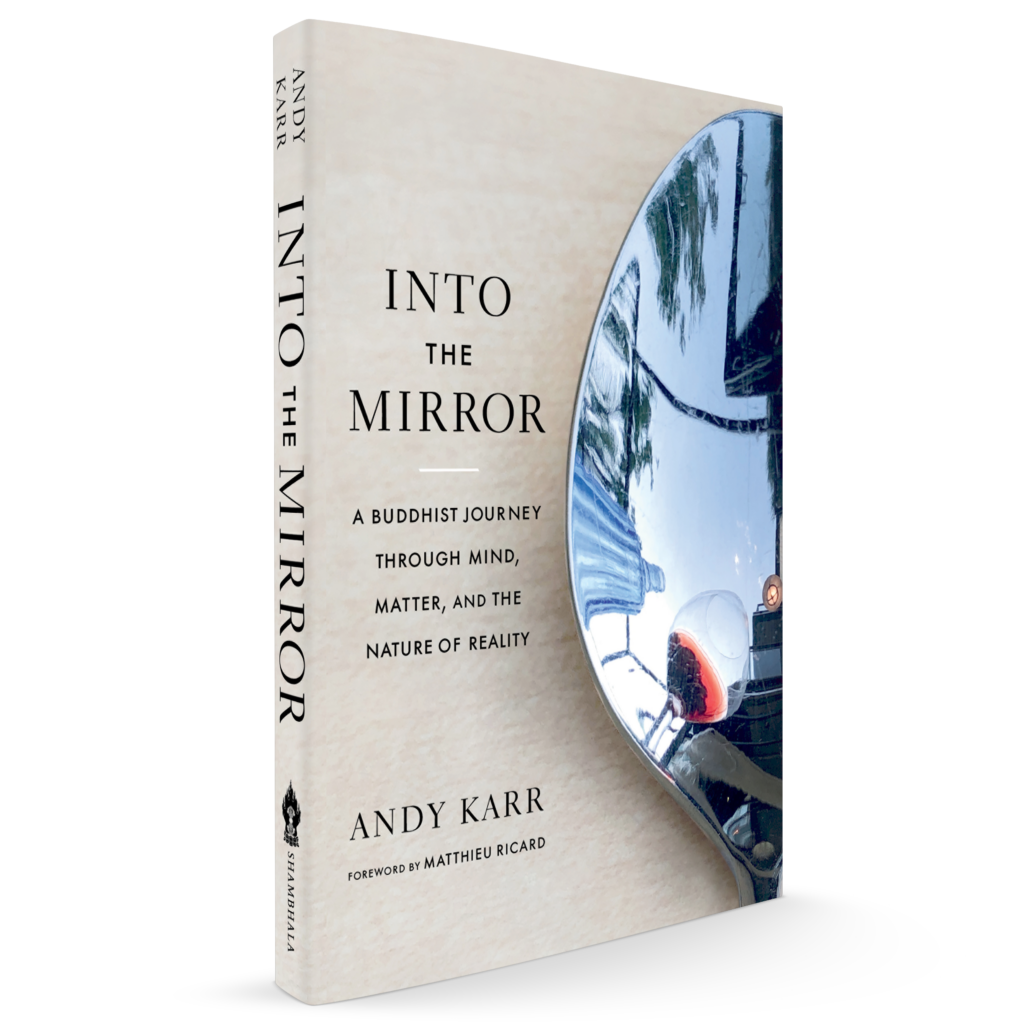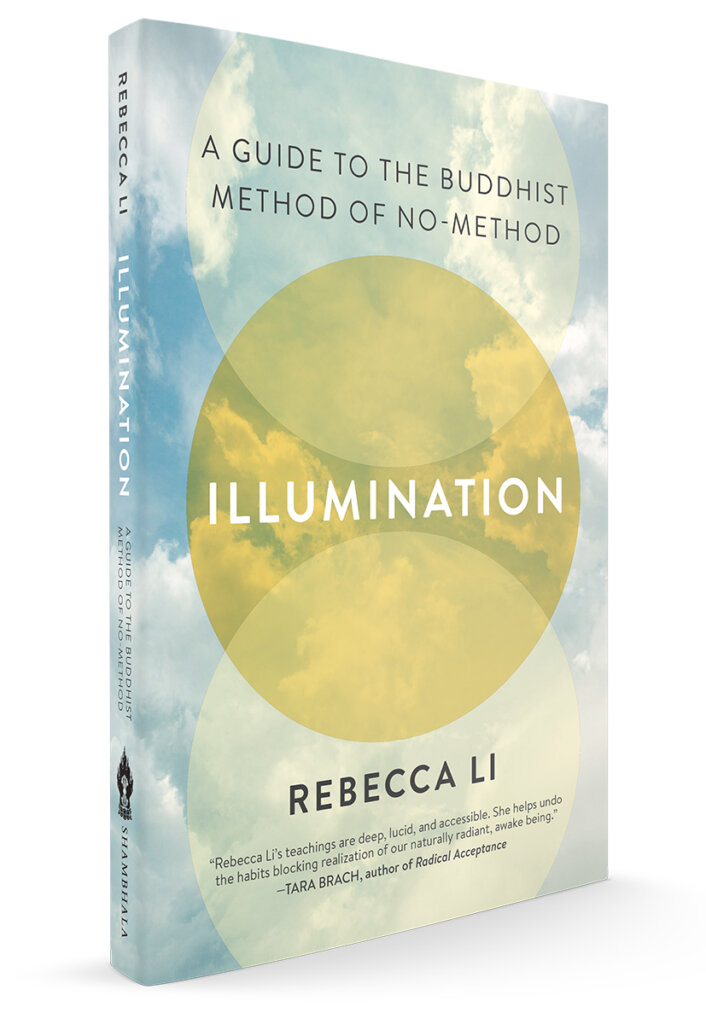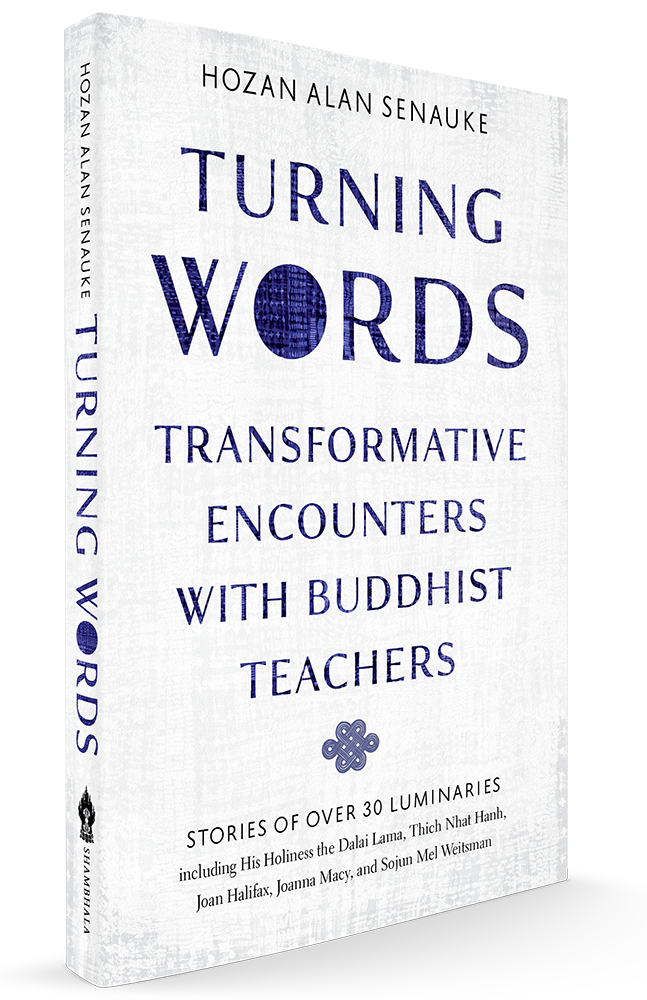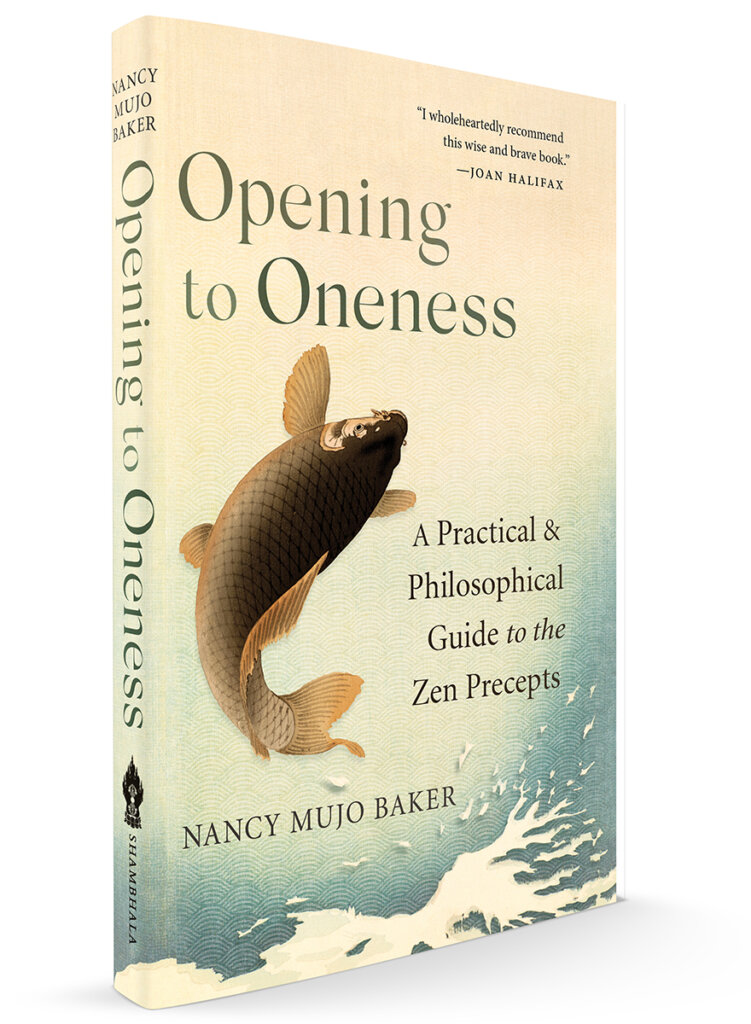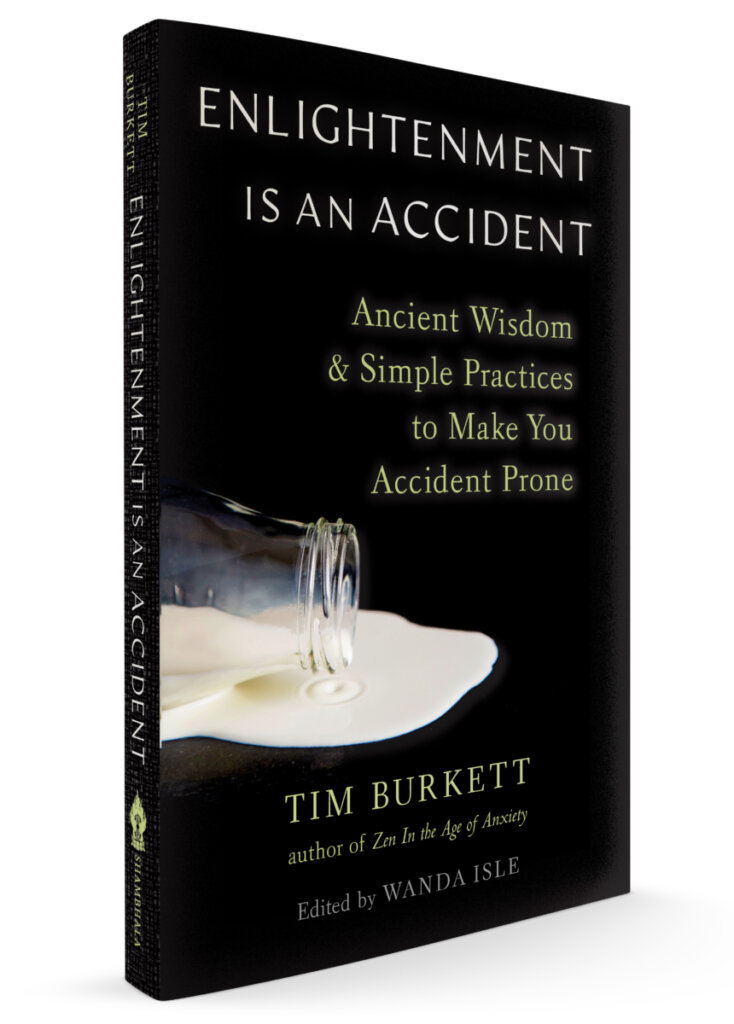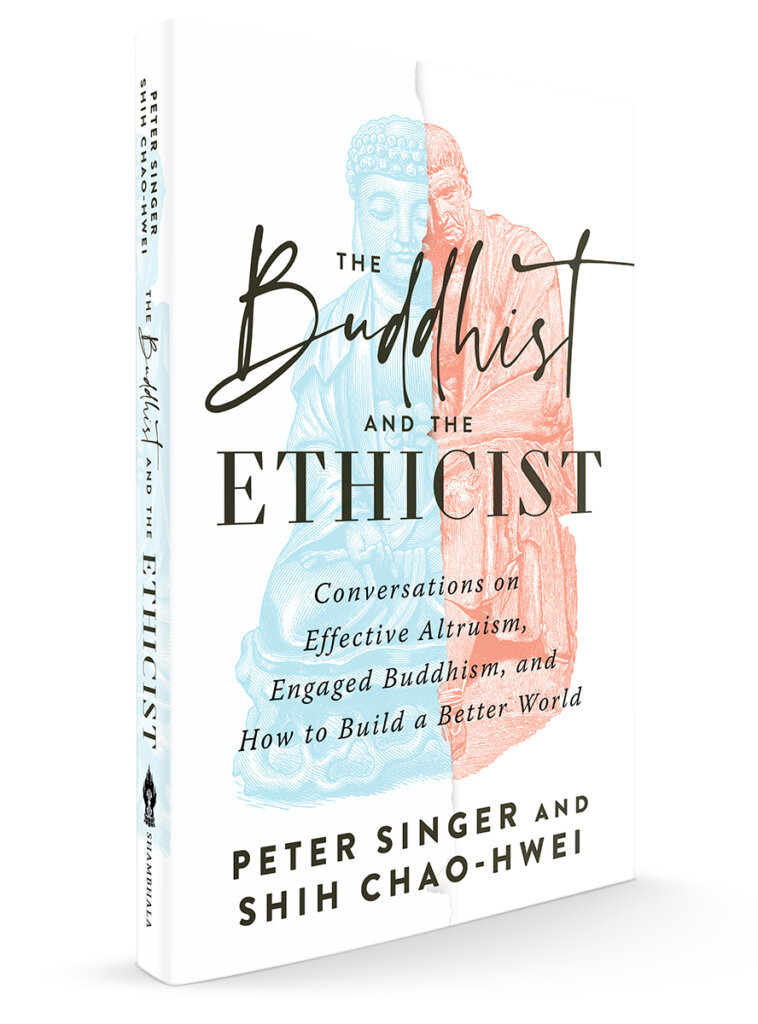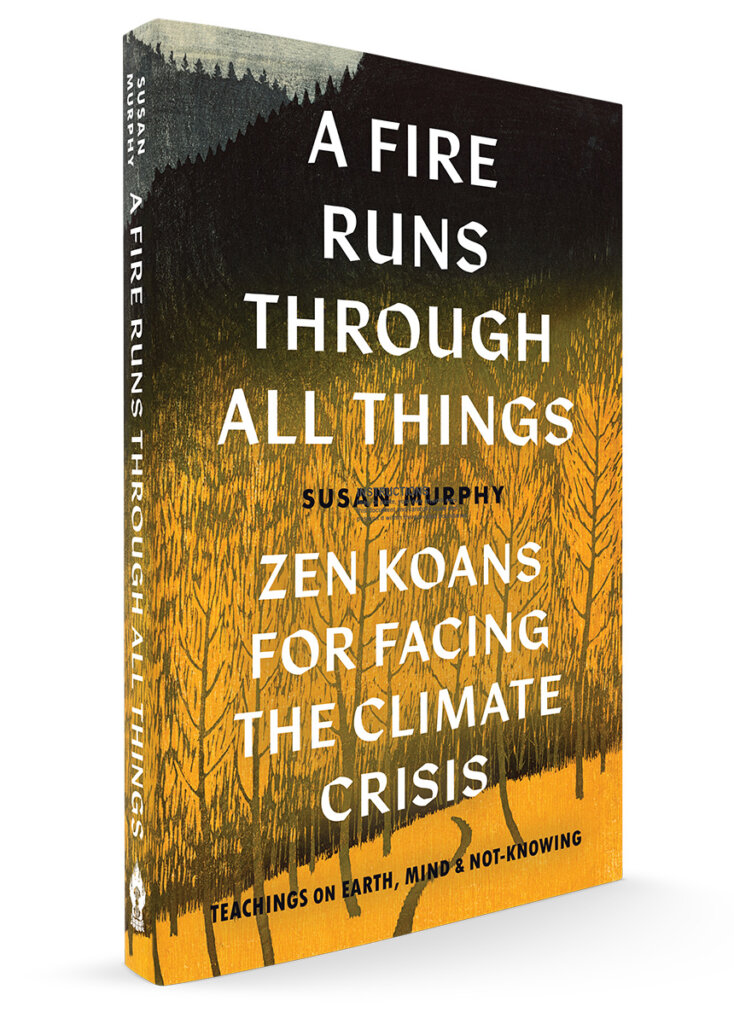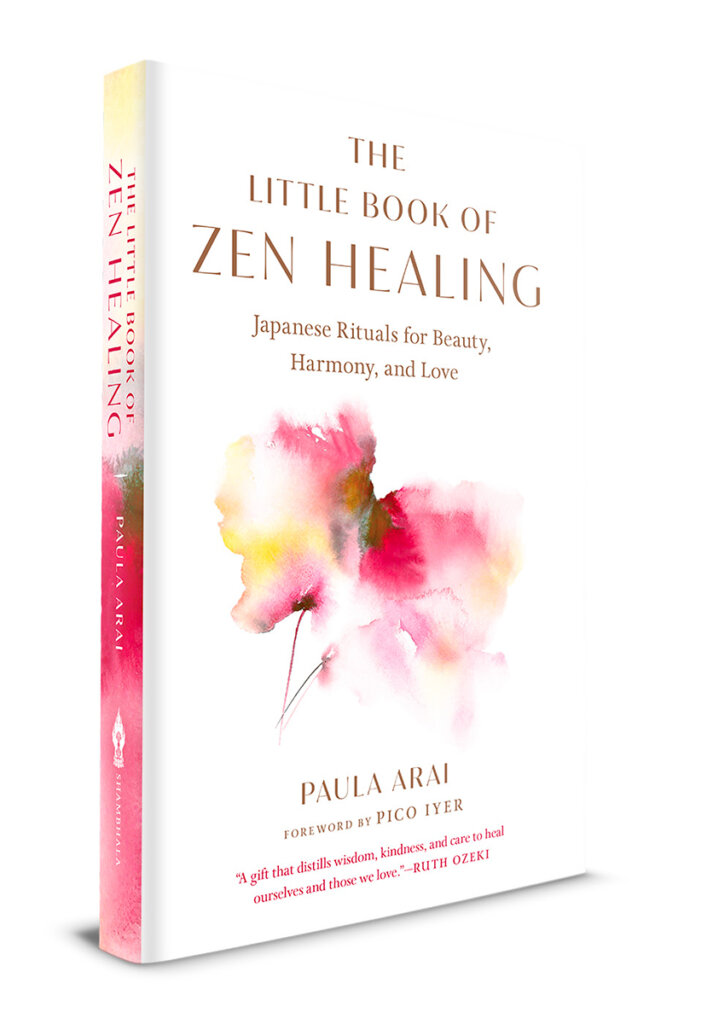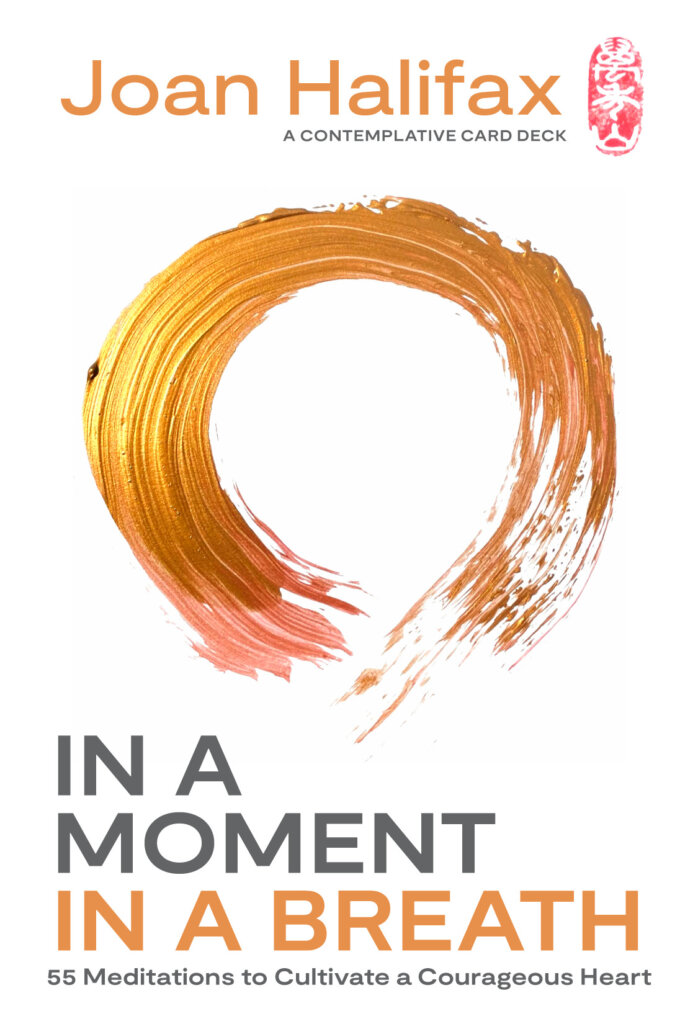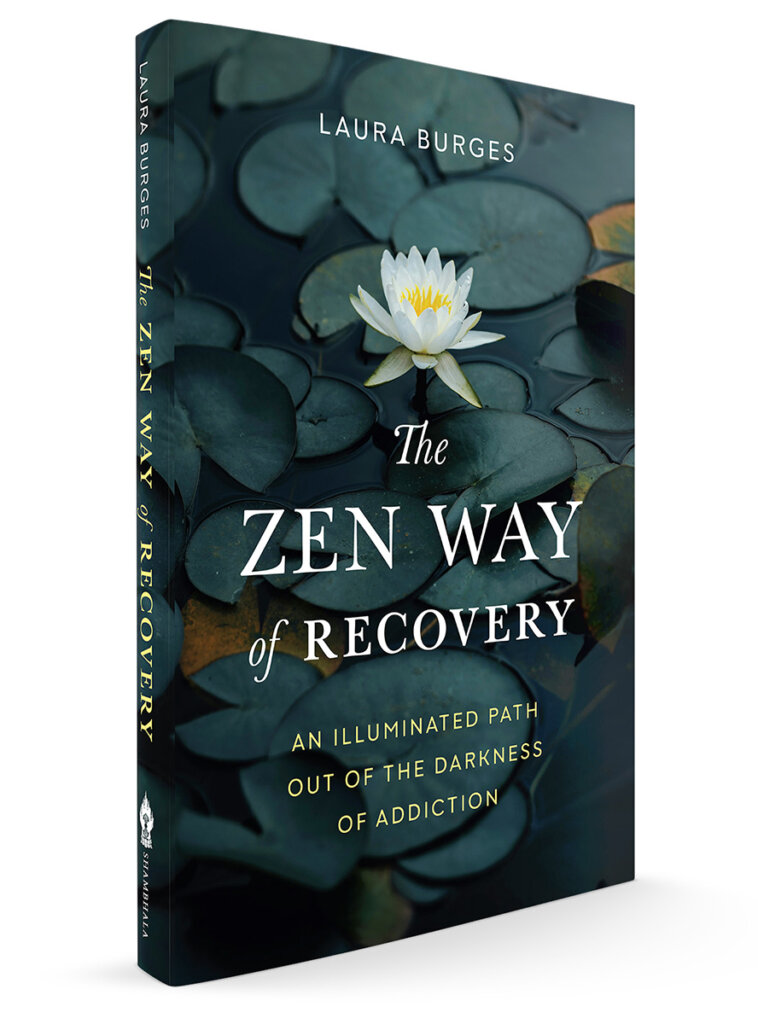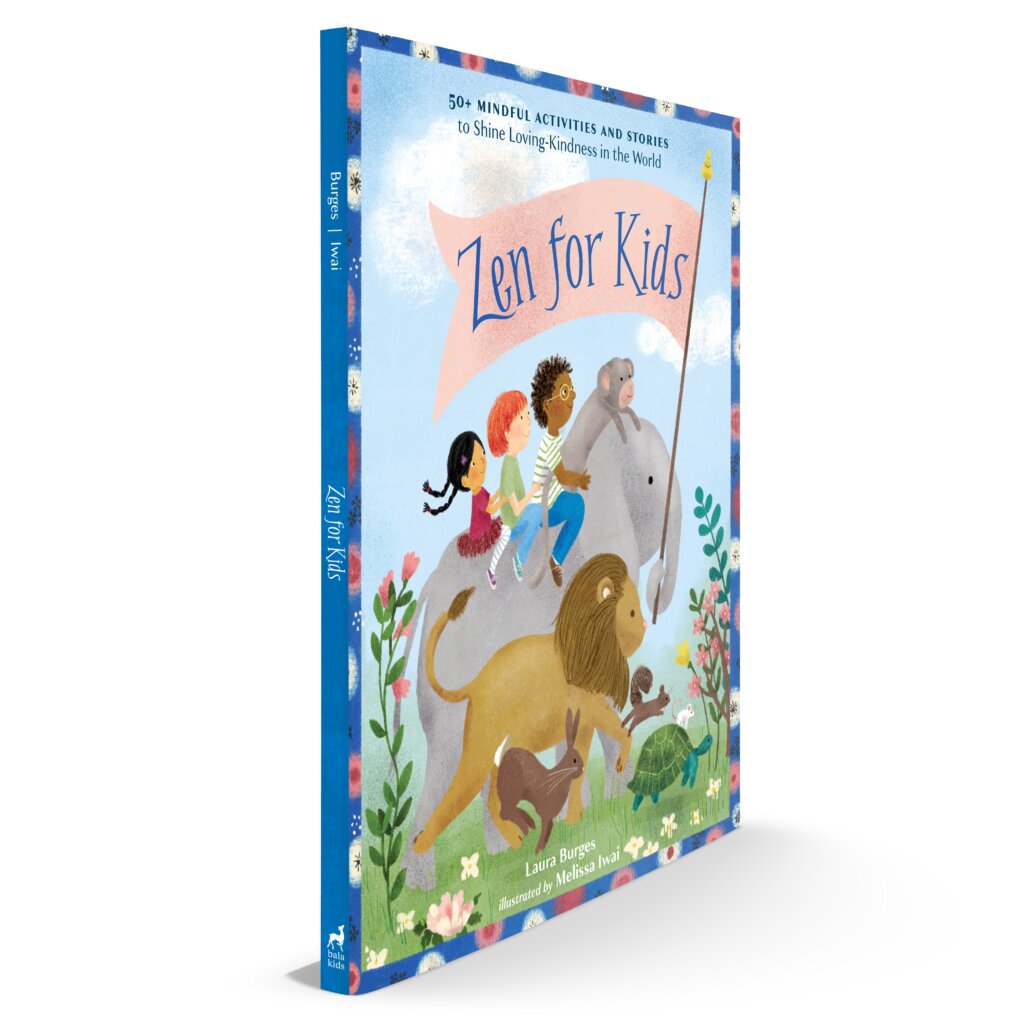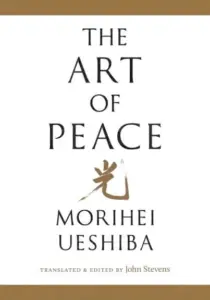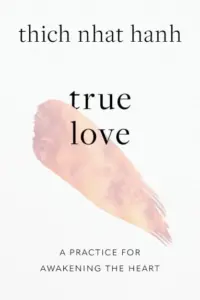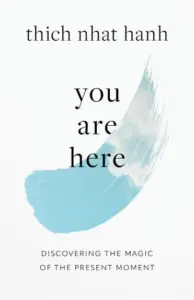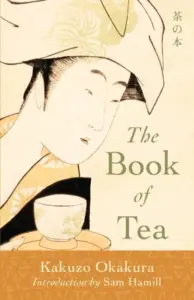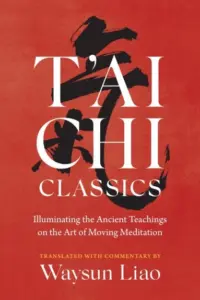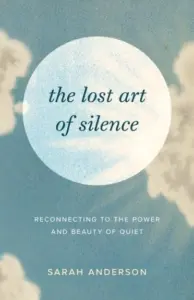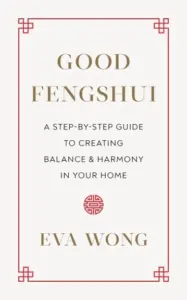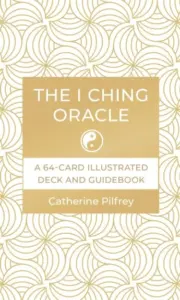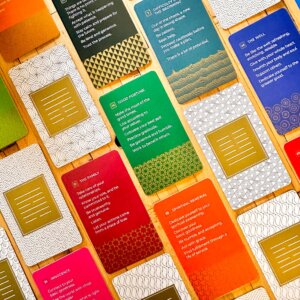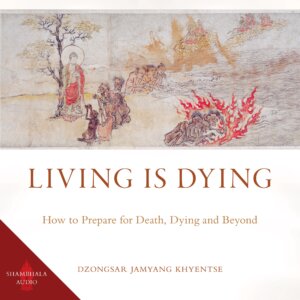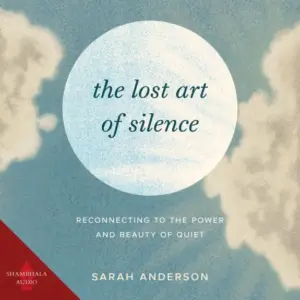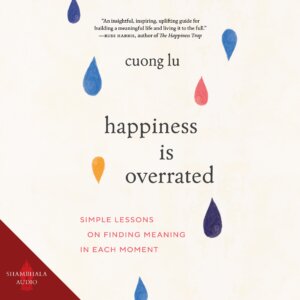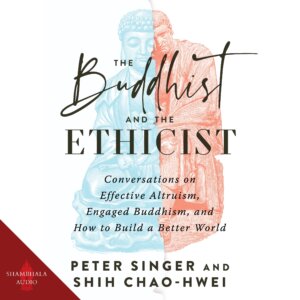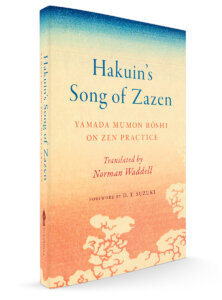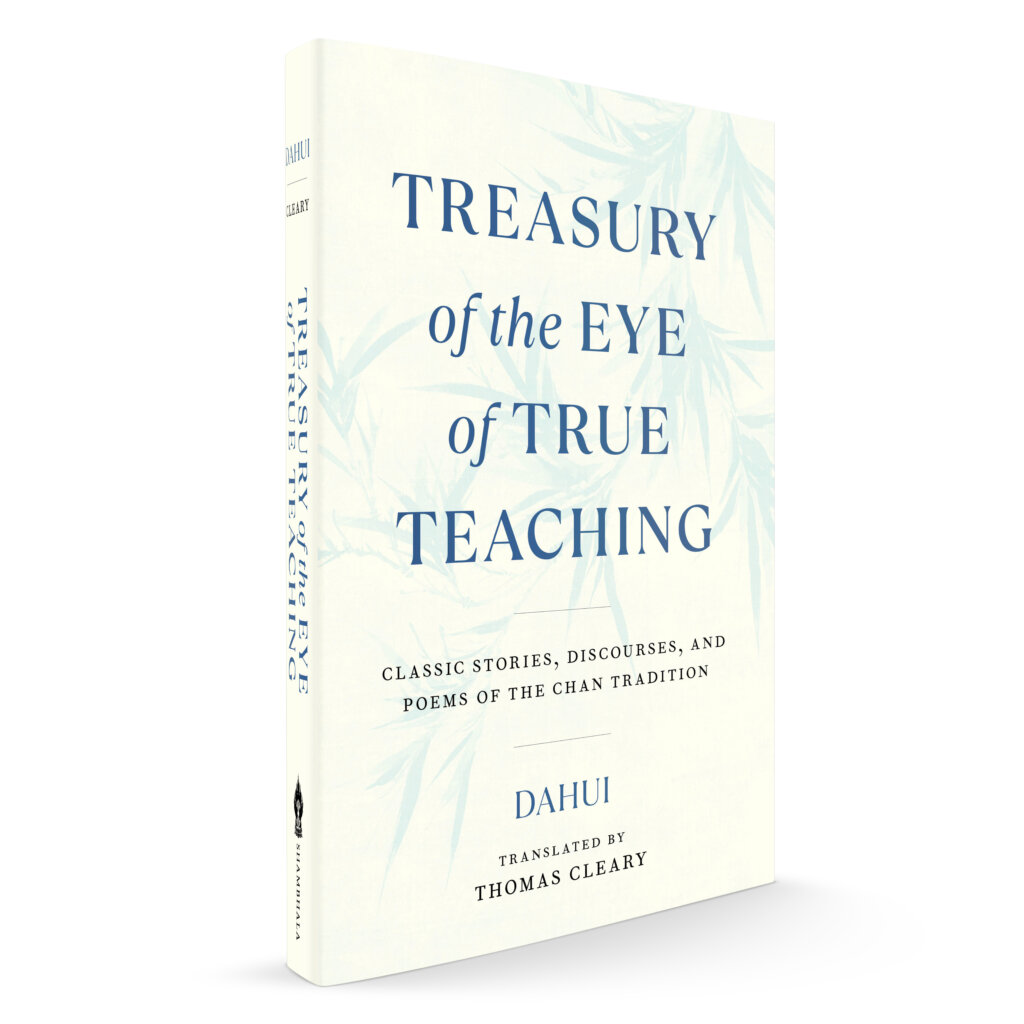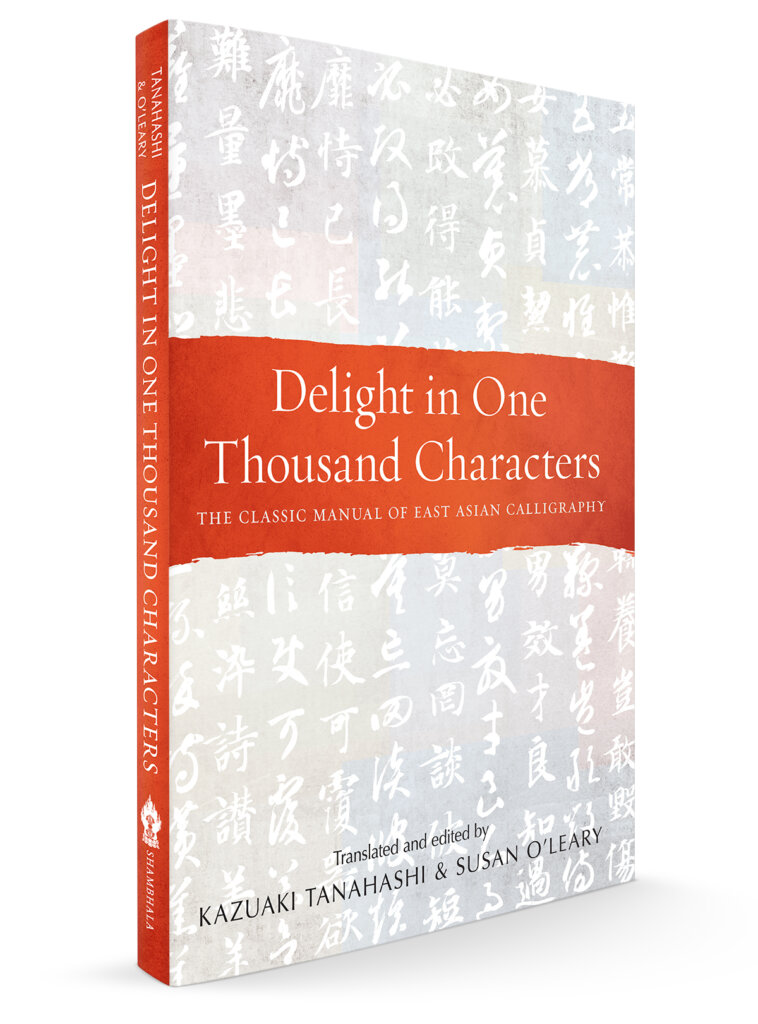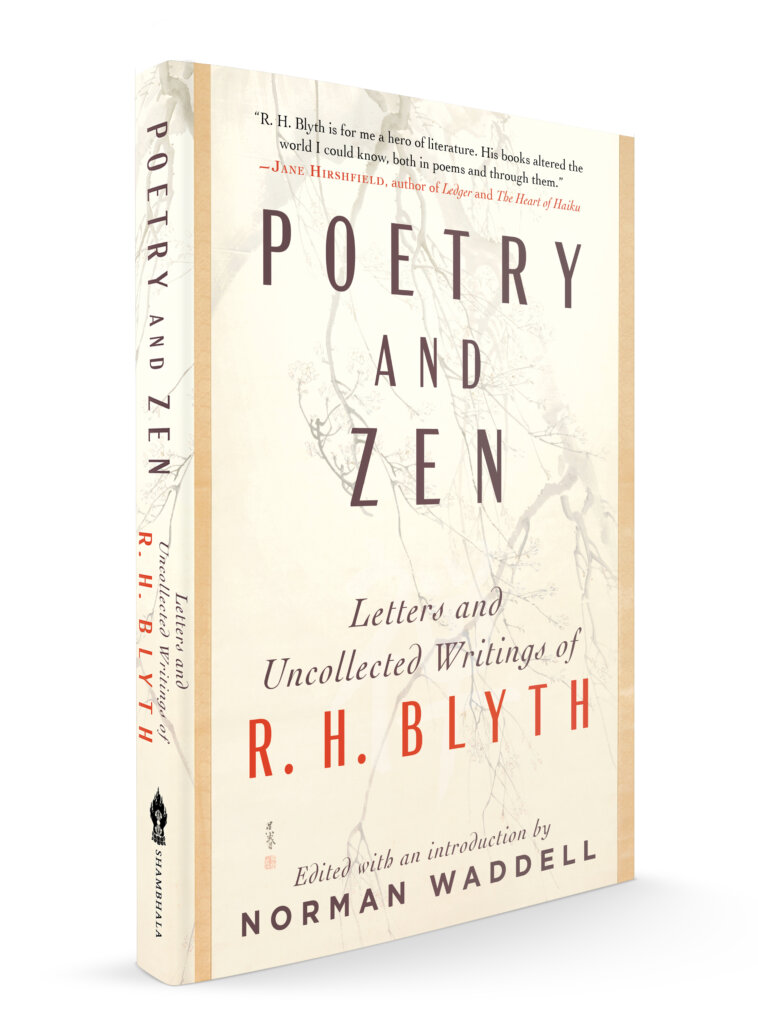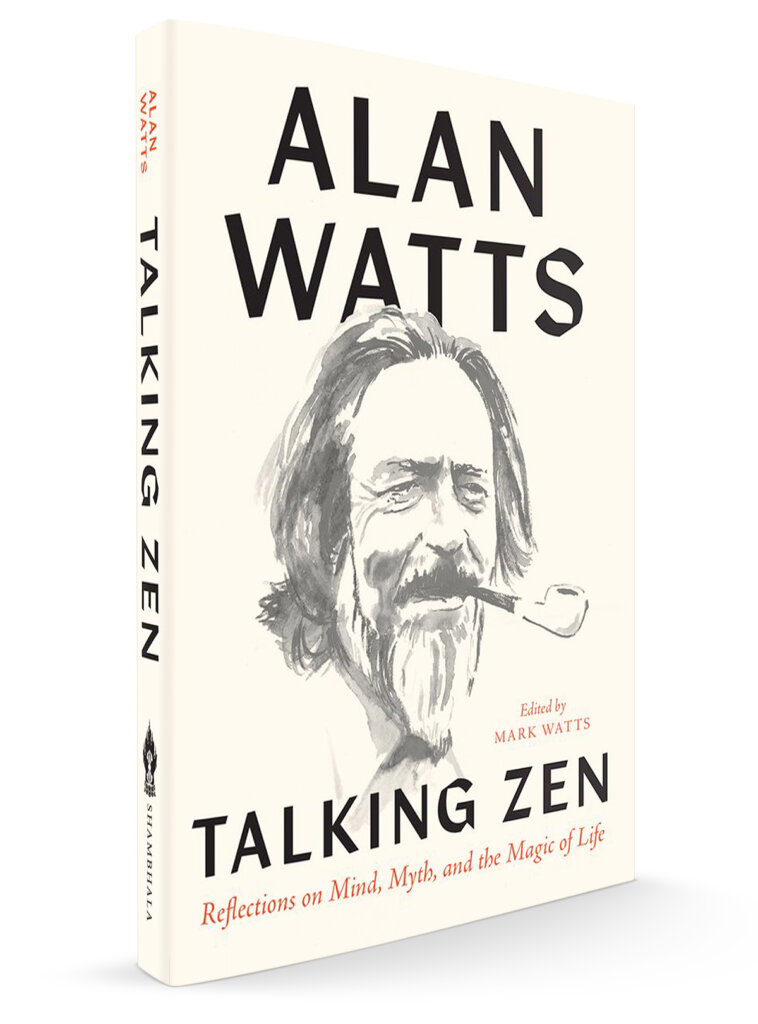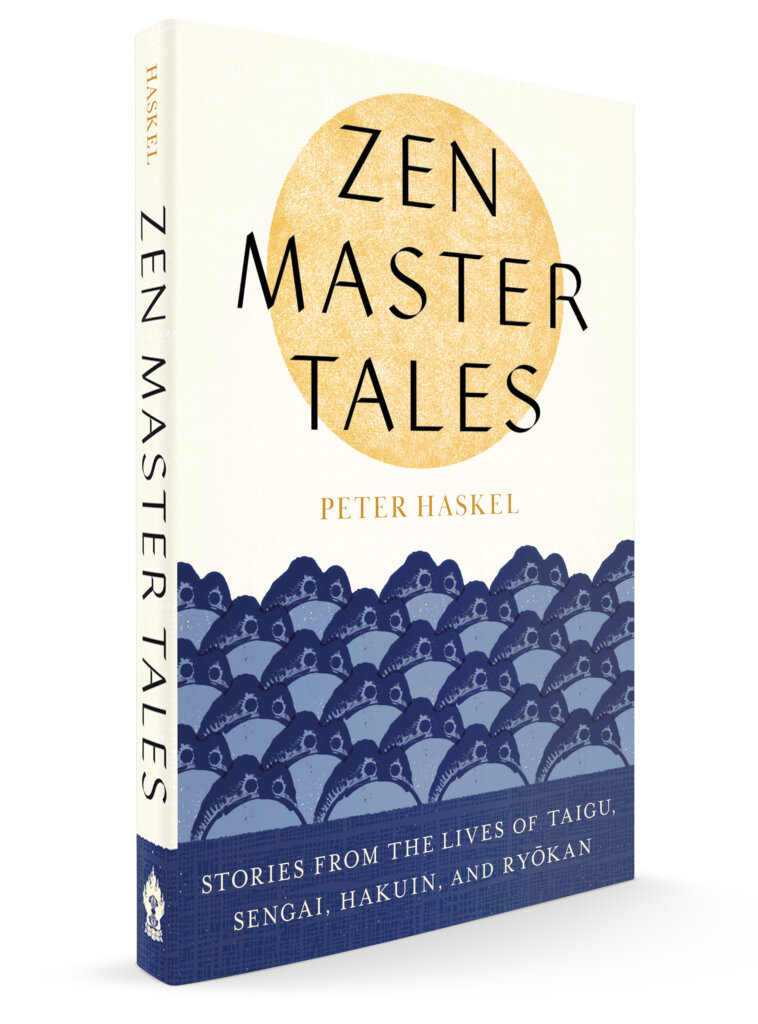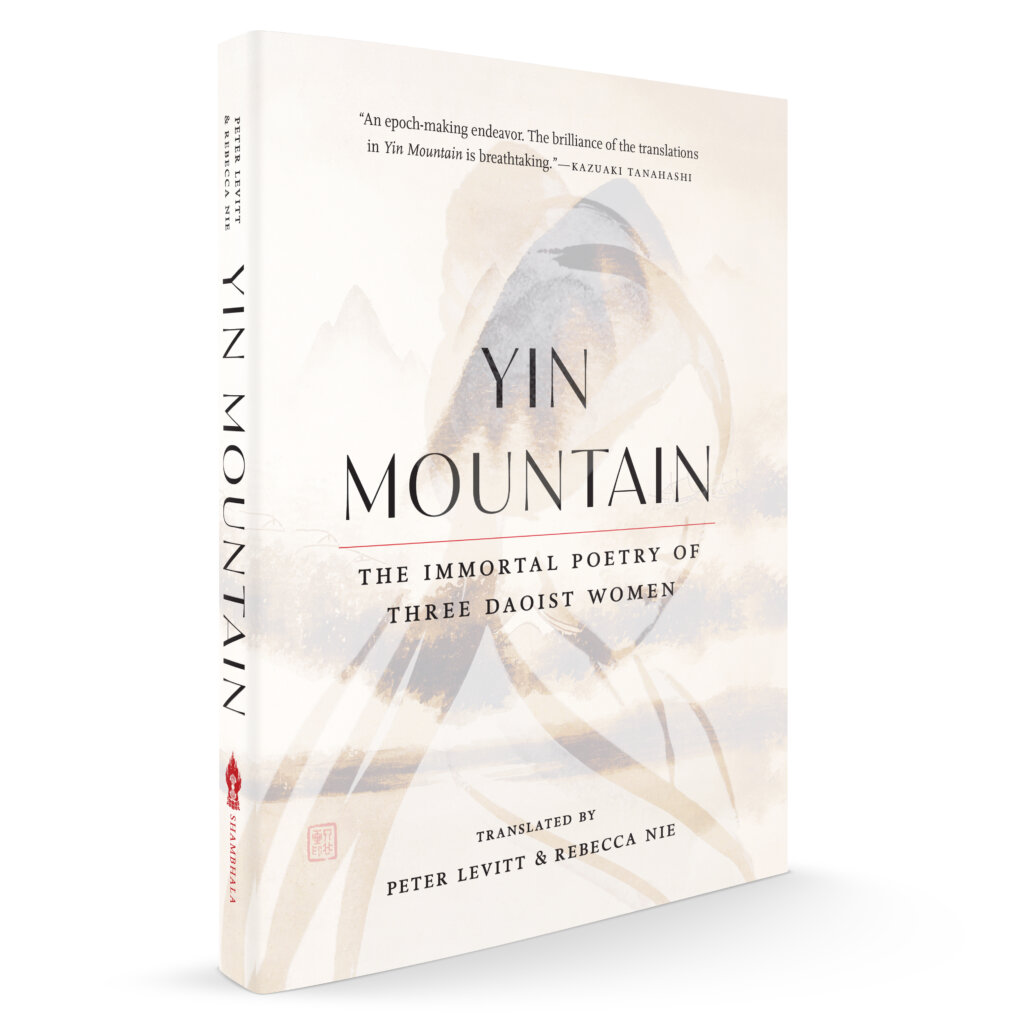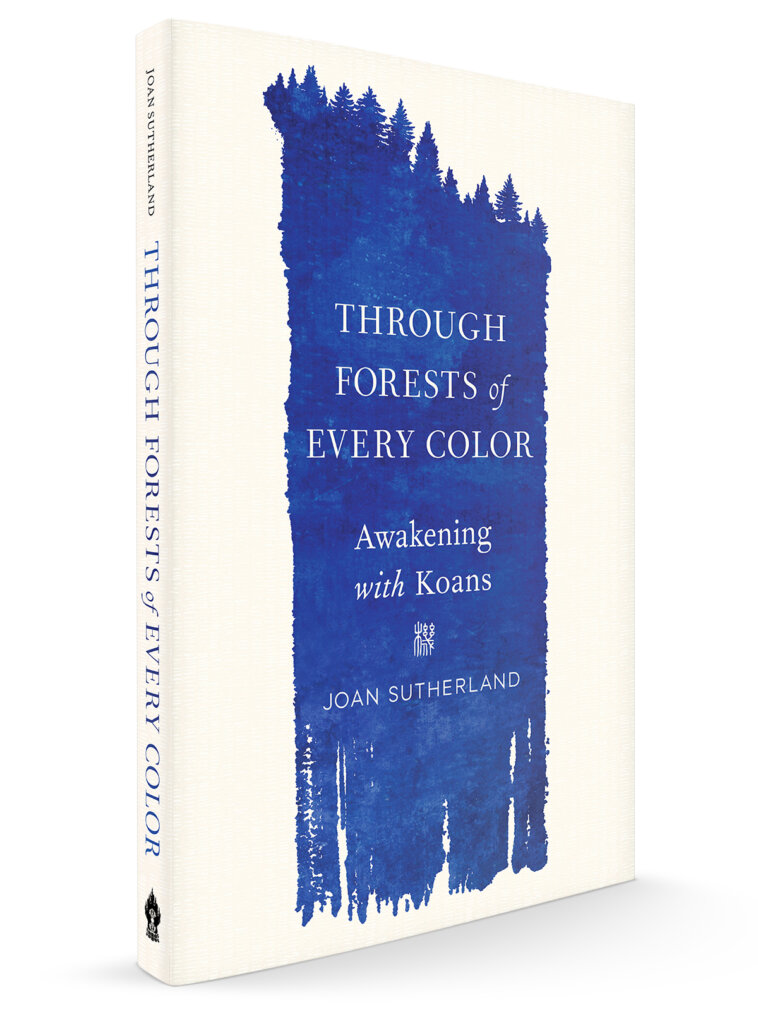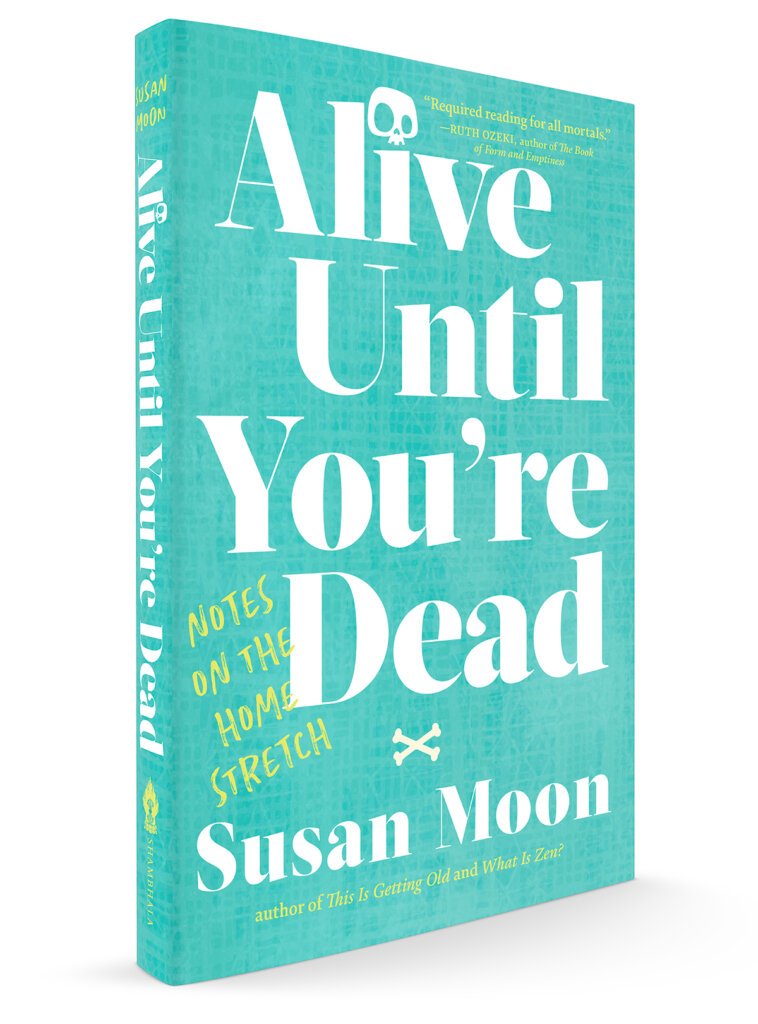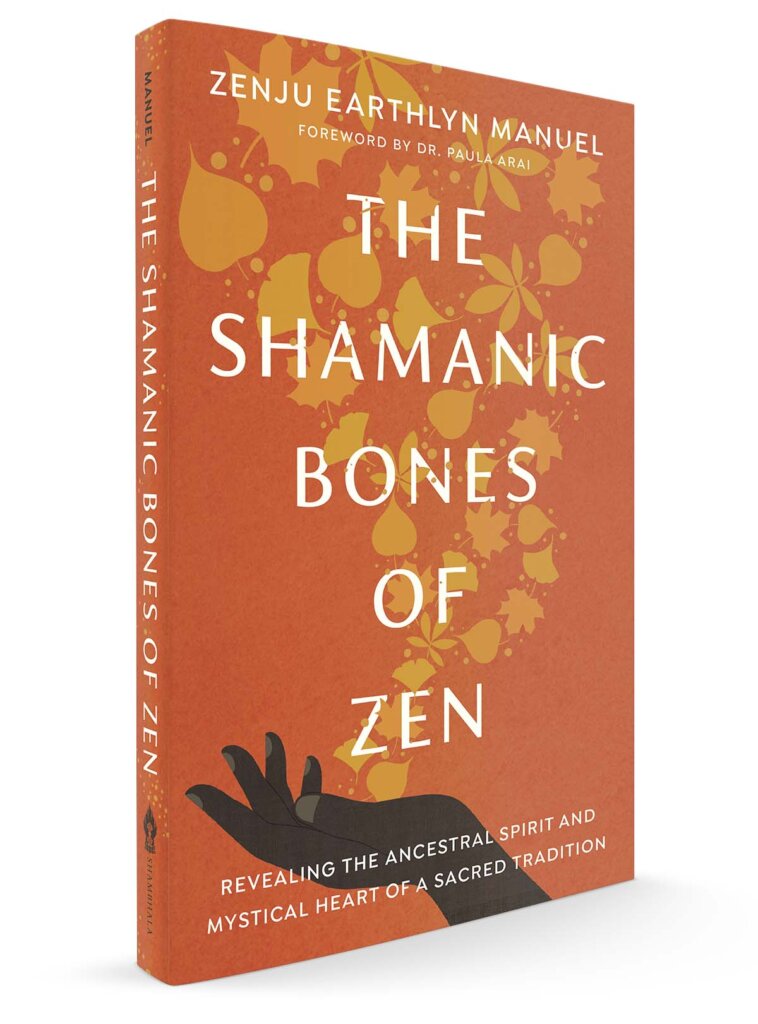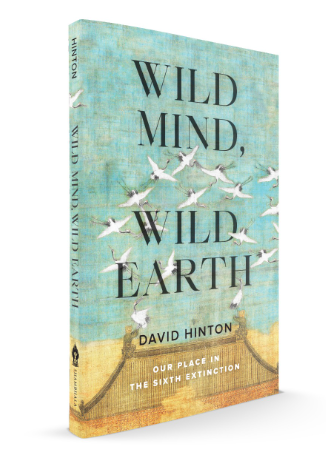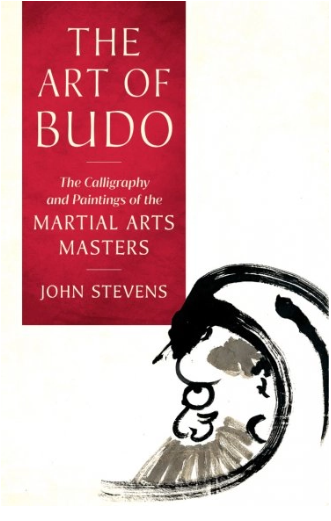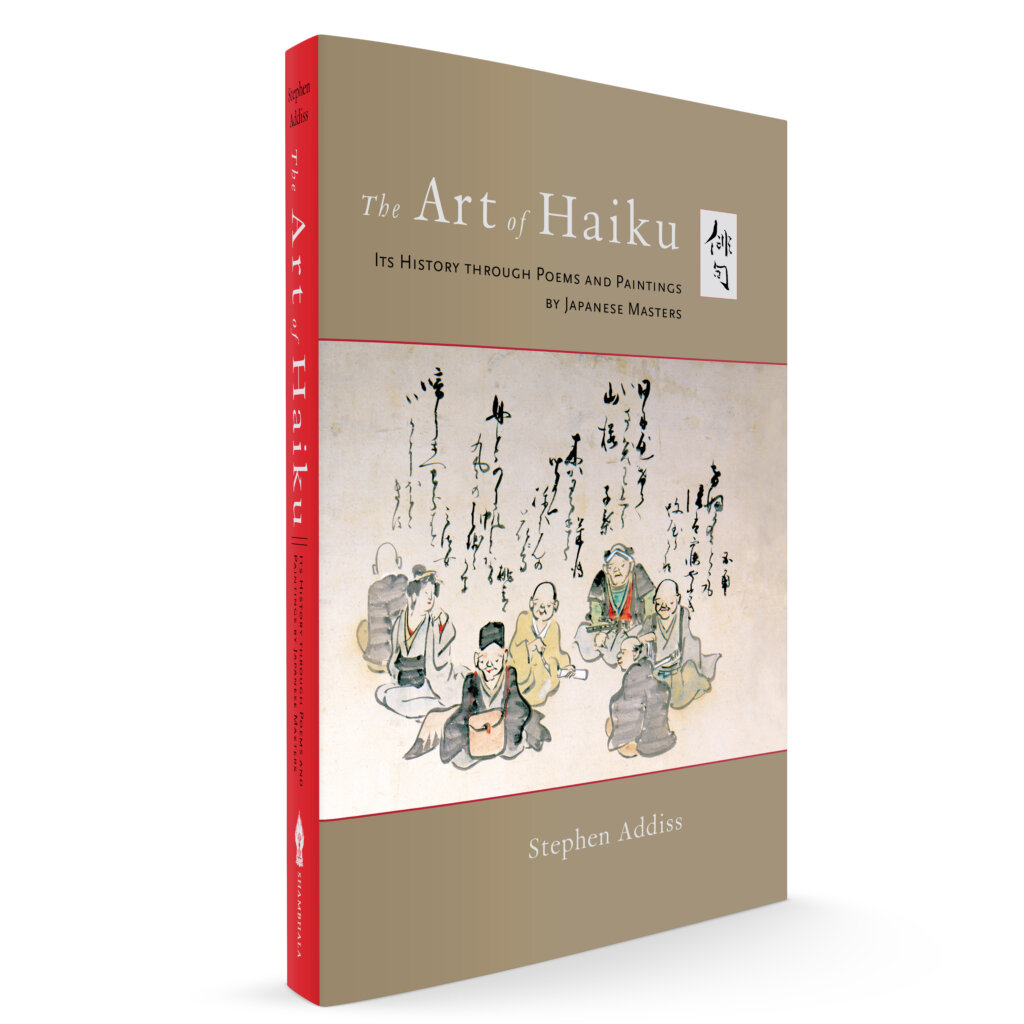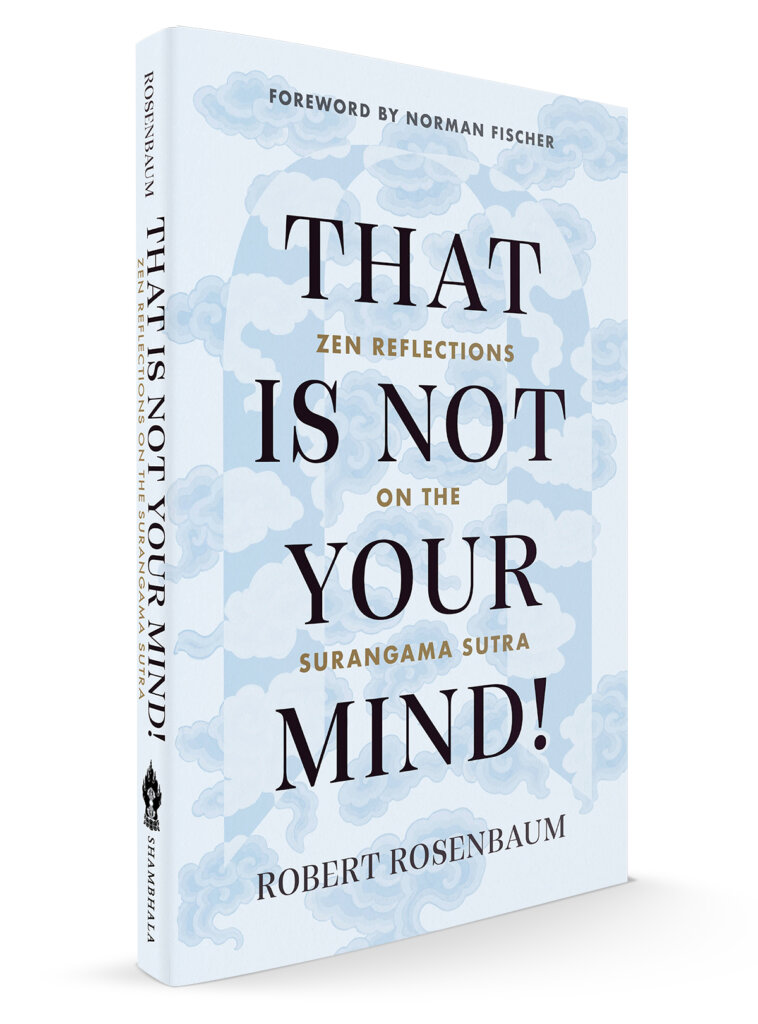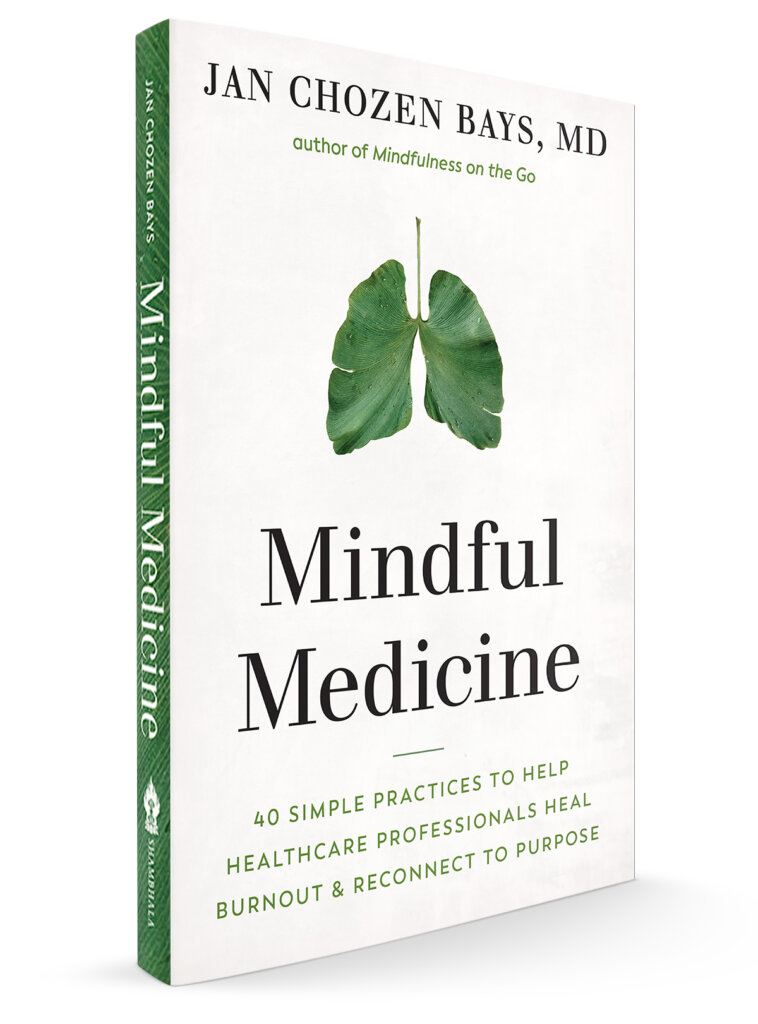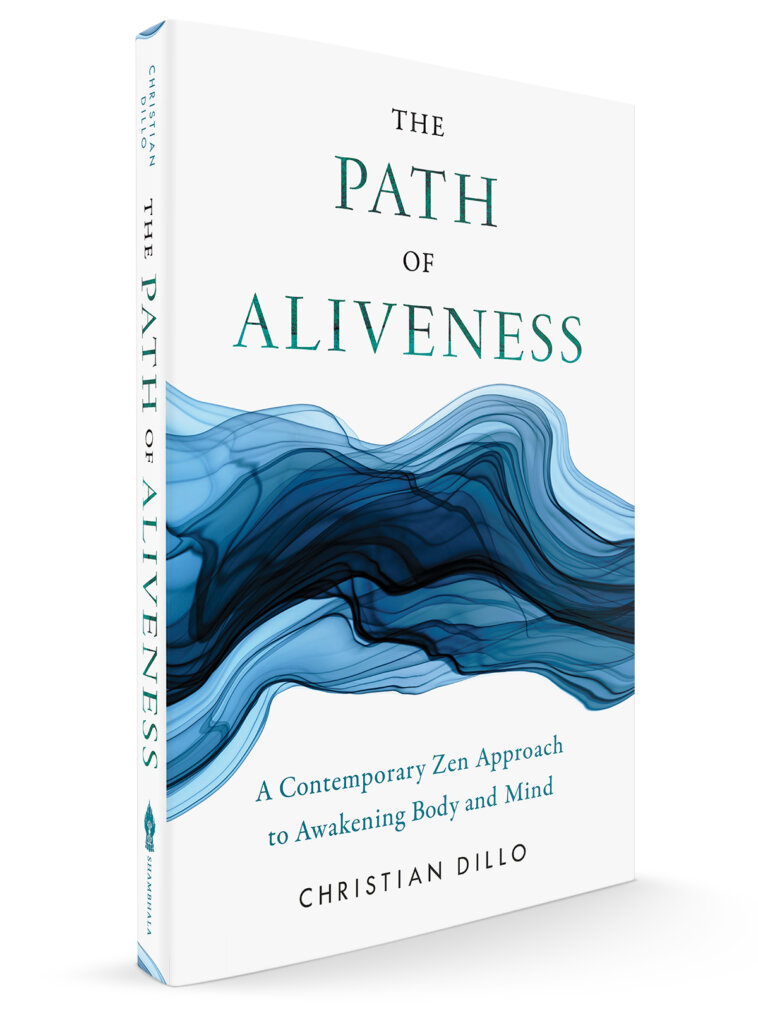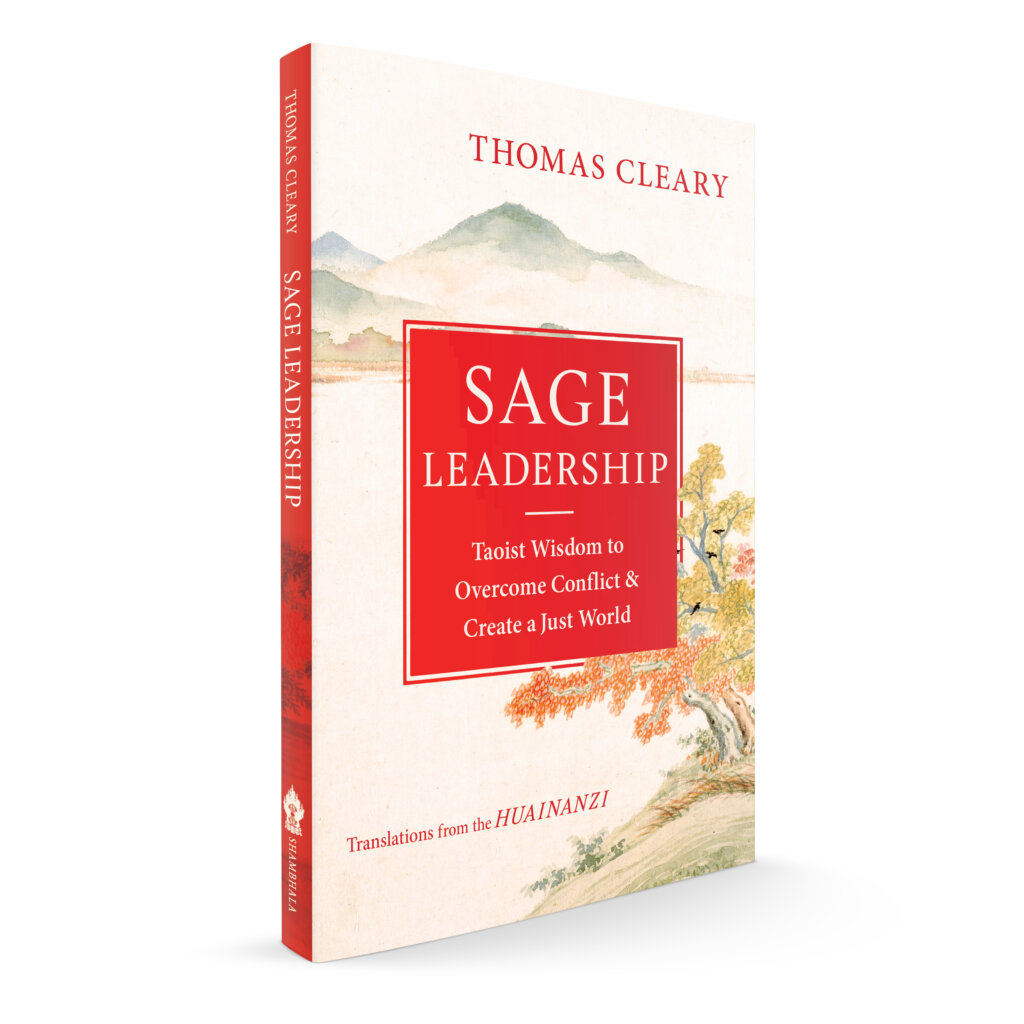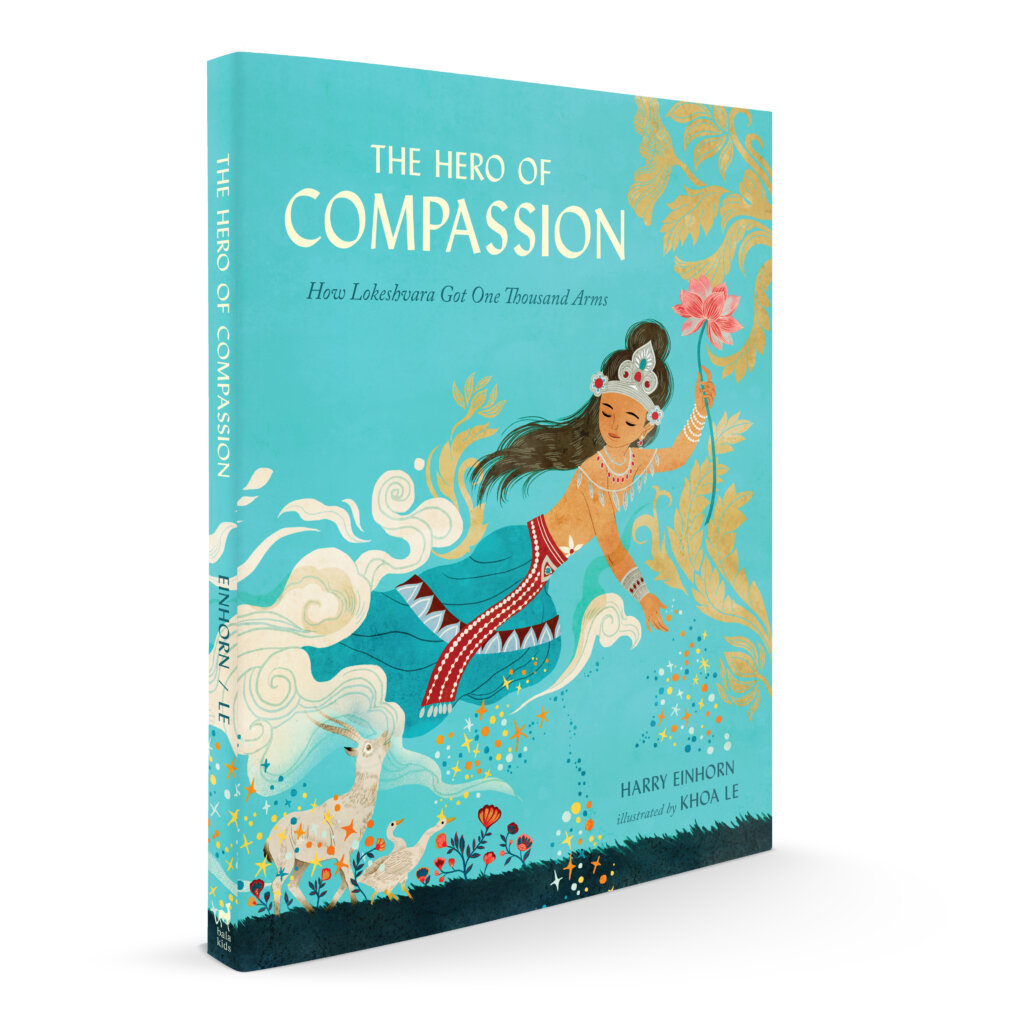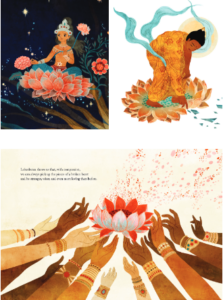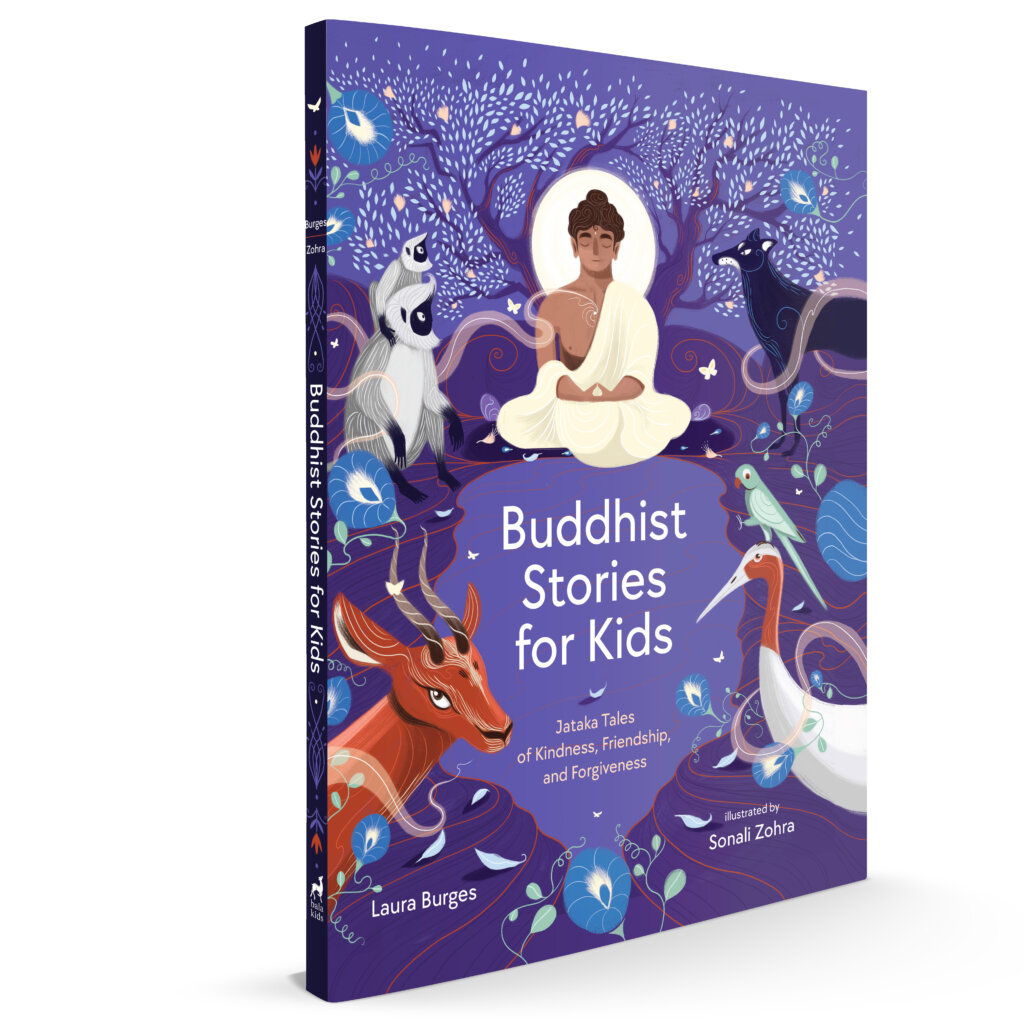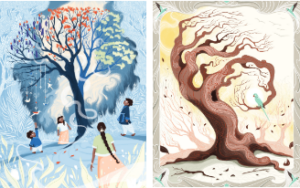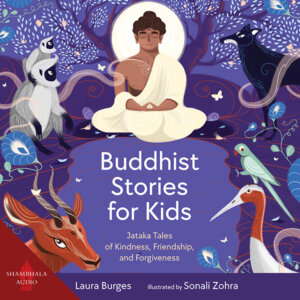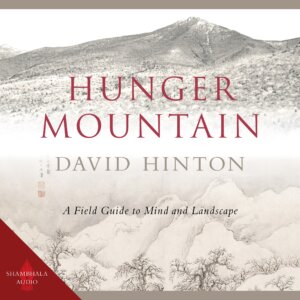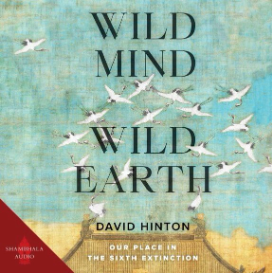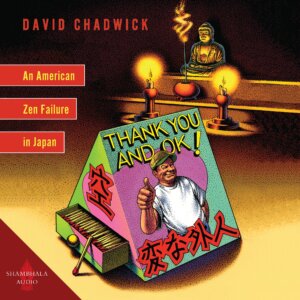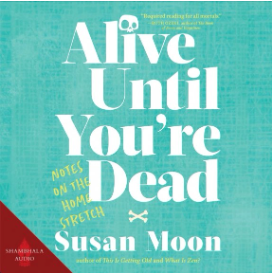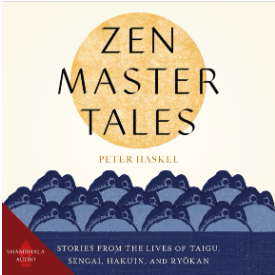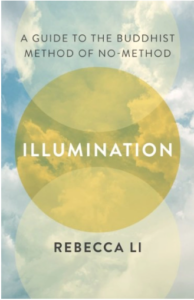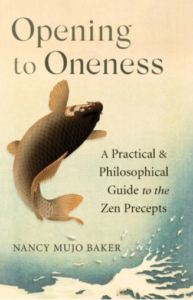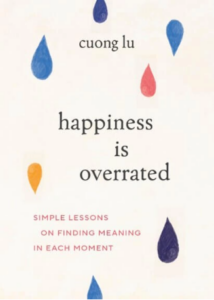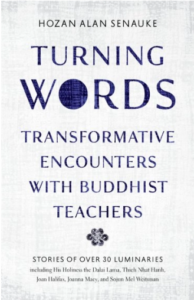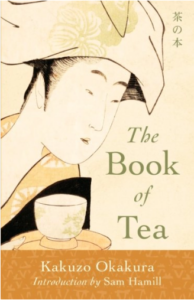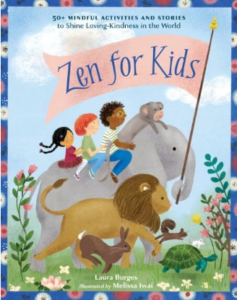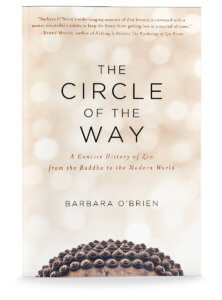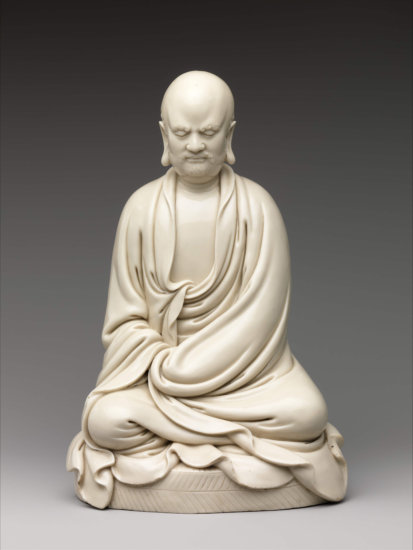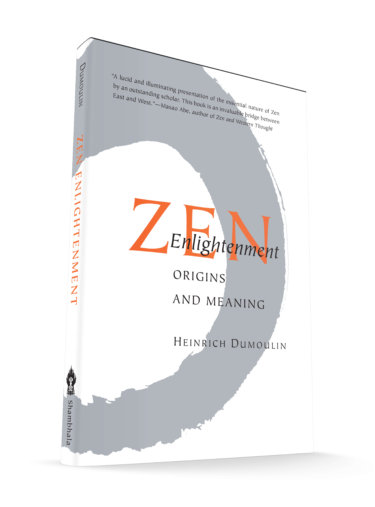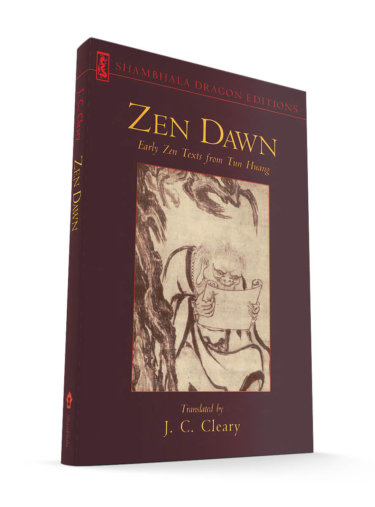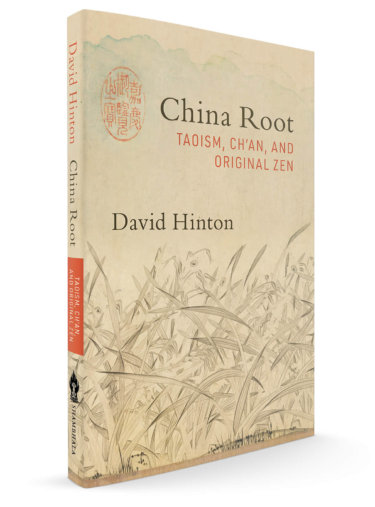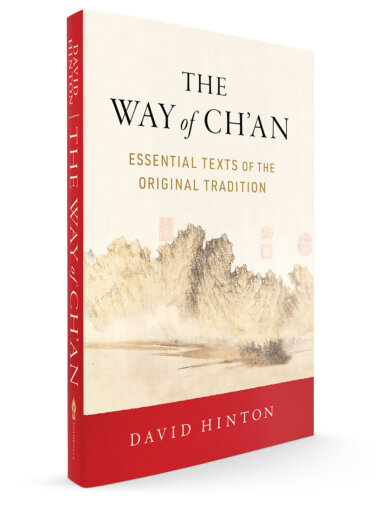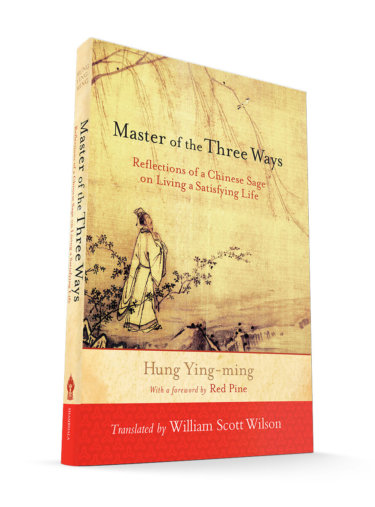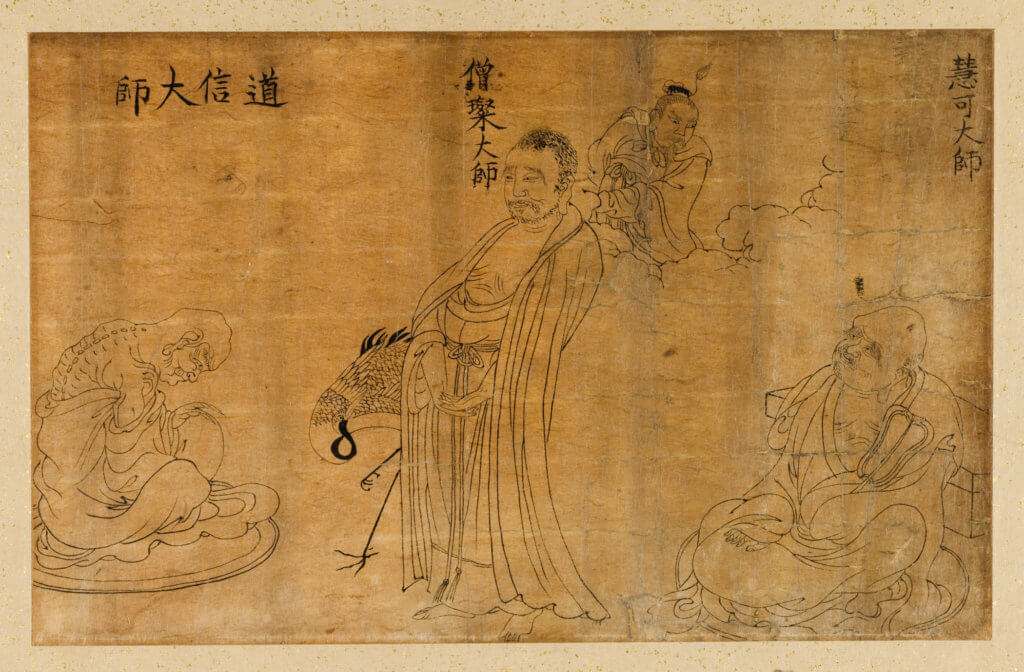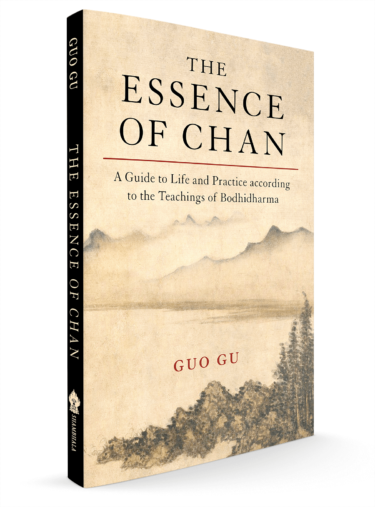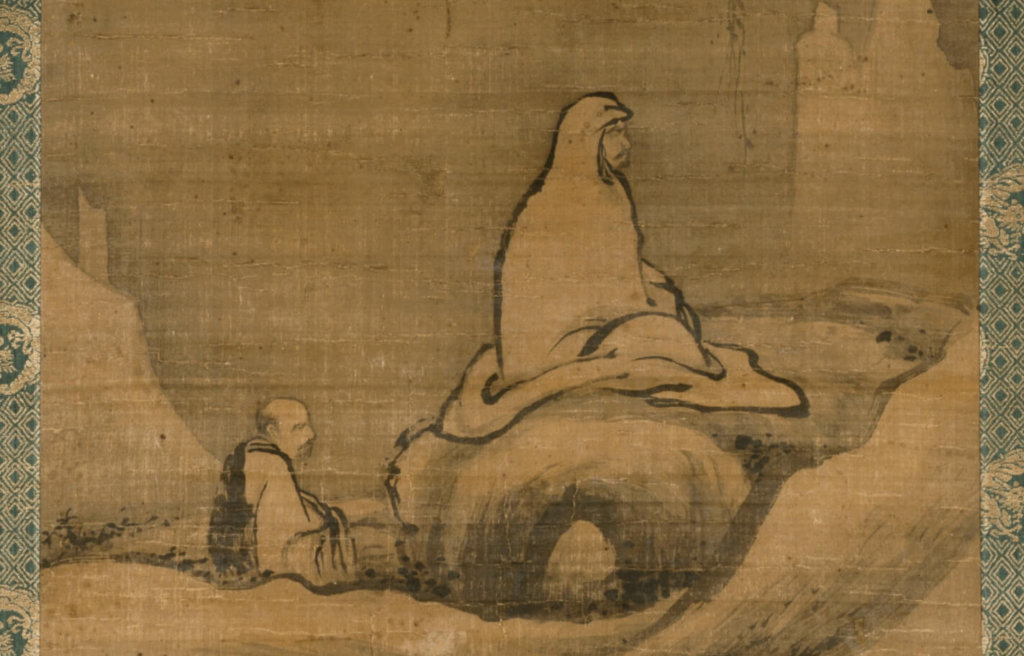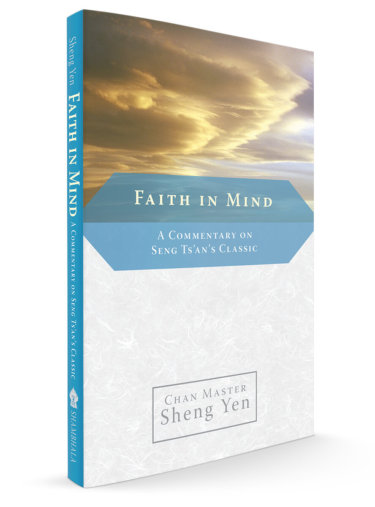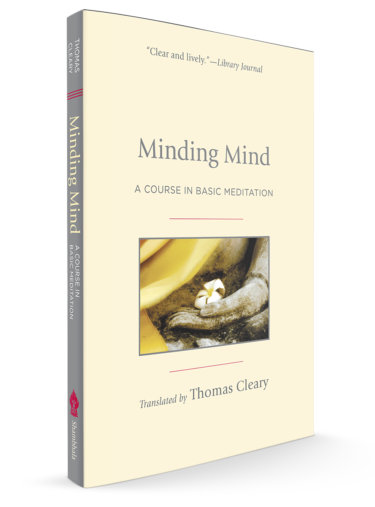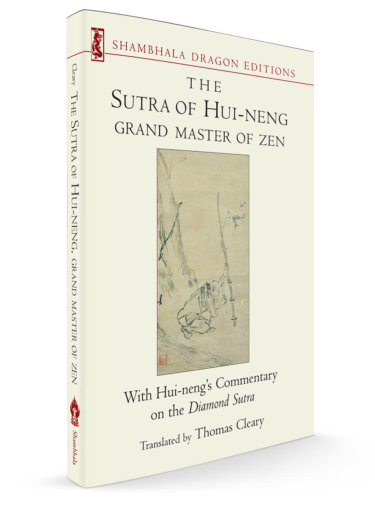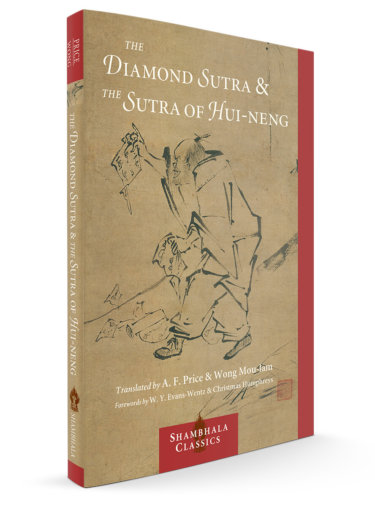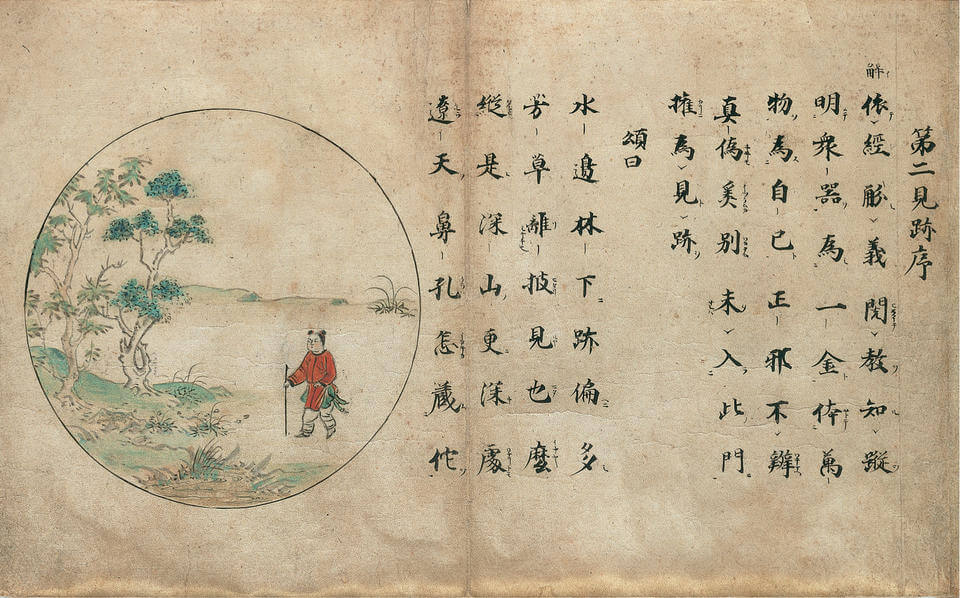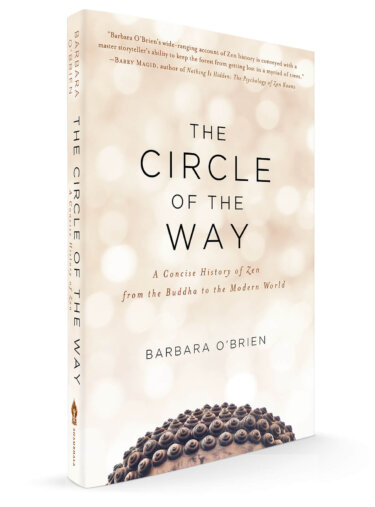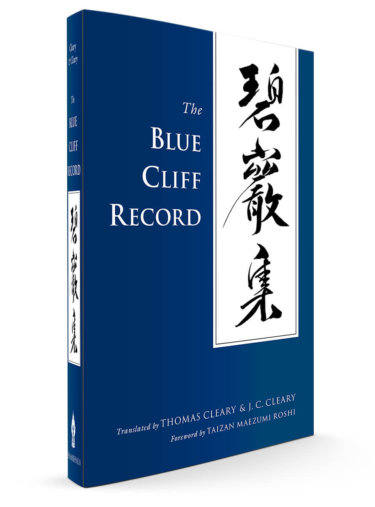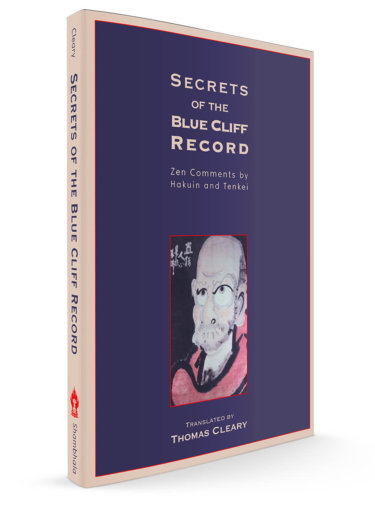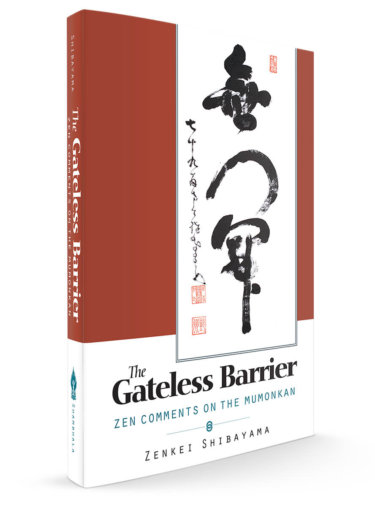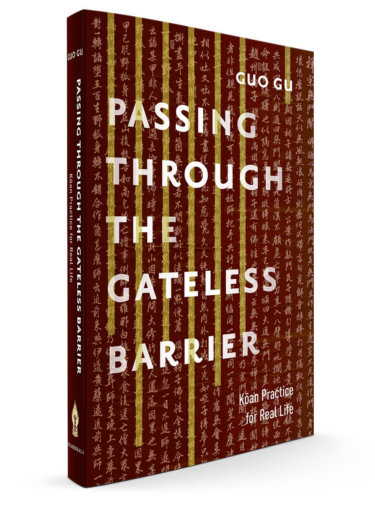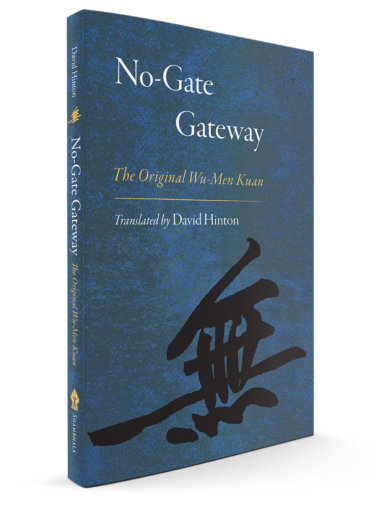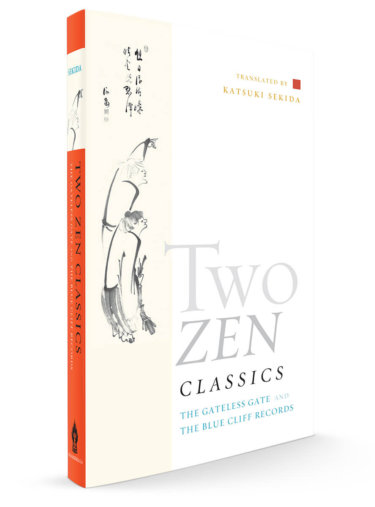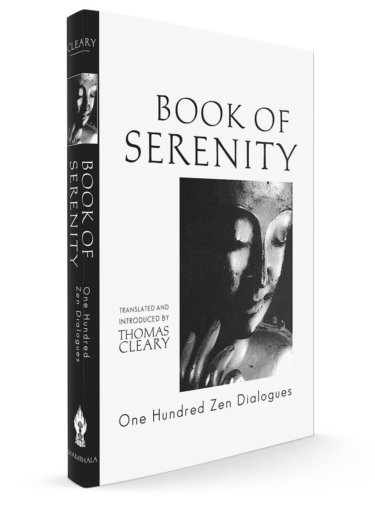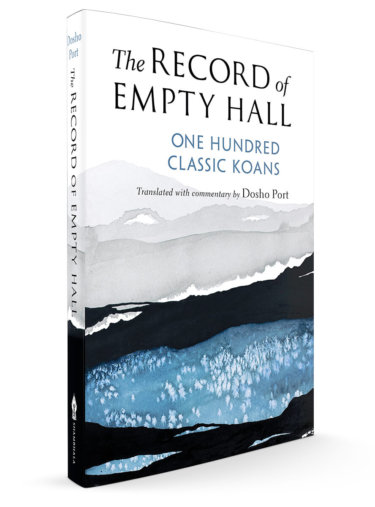See our other Year in Review Guides:
Zen and Chan | Tibetan Buddhism | More in Buddhism
Yoga | Kids Books
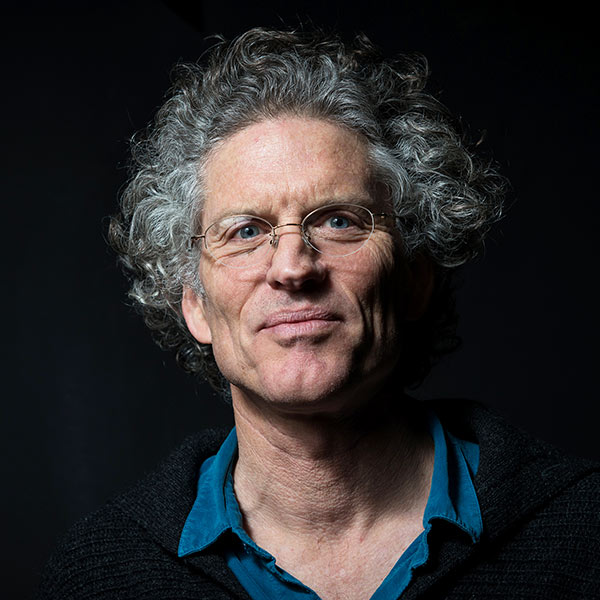

David Hinton
David Hinton has published numerous books of poetry and essays, and many translations of ancient Chinese poetry and philosophy—all informed by an abiding interest in deep ecological thinking. This widely-acclaimed work has earned Hinton a Guggenheim Fellowship, numerous fellowships from NEA and NEH, and both of the major awards given for poetry translation in the United States: the Landon Translation Award (Academy of American Poets) and the PEN American Translation Award. Most recently, Hinton received a lifetime achievement award by the American Academy of Arts and Letters.
David Hinton
- Buddhist Academic 5item
- Buddhist Art 1 item
- Buddhist History 2item
- Buddhist Philosophy 3item
- Chan/Chinese Zen 7item
- Koan practice 2item
- Rinzai 1 item
- Spiritual Poetry 3item
- Buddhist Poetry 4item
- Nature & Environment 3item
- Taoist Arts and Practices 1 item
- Taoist Philosophy 2item
- Eastern Philosophy 3item
- Calligraphy 1 item
- Memoir 1 item
- Science & Nature 2item
GUIDES

Buy 2 books for 20% off, 3 books for 30% off, 4 or more for 35% off.
Applies to physical copies only, Discount applies automatically
We are very happy to share with you a look back at our 2023 books for those who practice in the Tibetan tradition.
Jump to: Reader Guides | Books | Books for Kids | Audiobooks | Forthcoming Books
Paperback | Ebook
$19.95 - Paperback
From narrowly surviving World War II through enduring the profound rigors of traditional Zen training, Tangen Harada’s fascinating life story and teachings present a classic picture of the Buddhist journey from suffering to realization.
On August 15th, 1945, at the age of twenty, Tangen Harada stood on an airfield and prepared to board the airplane on which he would undertake a suicide mission for his country. Only the voice of Emperor Hirohito on the radio—never before heard by the Japanese public—announcing Japan’s surrender saved his life. After returning from a Soviet POW camp in 1946, overcome with questions about the meaning of human life and suffering, Harada sought out the counsel of a Zen master. He thus embarked on the path of awakening and liberation to which he would commit the rest of his life, eventually teaching thousands of people from around the world.
Throw Yourself into the House of Buddha includes Tangen Roshi’s life story in his own words, as well as twenty-four teachings conveying the heart of his Zen understanding. Each chapter, paired with a beautiful calligraphy by the master, conveys his direct, uncompromising, yet encouraging message about the possibility of Zen realization.
“Wake up,” writes Harada, “and you can say for yourself, ‘The sun is my eye, the wind my breath, all of space my heart, the mountain and ocean my body. The sun shining brightly, vividly, is the eye of my life. The vastness of the sky is my heart.’ Who is the master of this boundless heart? No one else but you. This is your reality. Heaven and earth—same root, all things—one body.”
Paperback | Ebook
$27.95 - Paperback
The Way of Ch’an: Essential Texts of the Original Tradition
By David Hinton
This landmark anthology illuminates the true story of Ch’an (Zen) Buddhism’s historical development in China. Here we have the essential source material in its own native understanding, free of the mistranslation and misrepresentation that has characterized it in the modern West. As such, The Way of Ch’an offers a revolutionary understanding of Ch’an as a Buddhist-inflected form of Taoism, China’s native system of spiritual philosophy.
This authentic Ch’an was a radical and wild practice cultivating a deeply ecological form of liberation: the integration of mind and landscape/earth/Cosmos. Hinton’s accessible introductions guide us through texts that build from seminal Taoism through all stages of classical Ch’an—a tradition of zany and profound sages revealing Ch’an’s original form of awakening each in their own way. It’s a roller-coaster of voices and insights across thousands of years: The Way of Ch’an is a thrilling ride.
Paperback | Ebook
$21.95 - Paperback
By Andy Karr, foreword by Matthieu Ricard
While not explicitly a book on Zen practice, Into the Mirror is a call, based on Mahayana Buddhism, to cultivate wisdom and compassion—right within this world of illusion—and an insightful challenge to the rampant materialism of modernity. Andy Karr presents accessible and powerful methods to accomplish this through investigating the way our minds construct our worlds.
Combining contemporary Western inquiries with classical Buddhist investigations into the nature of mind, Karr invites the reader to make a personal, experiential journey through study, contemplation, and meditation. He presents a series of contemplative practices from Mahayana Buddhism, starting with the Middle Way teachings on emptiness and interdependence, through Yogachara’s subtle understanding of nonduality, to the view that buddha nature is already within us to be revealed rather than something external to be acquired.
Paperback| Ebook
$21.95 - Paperback
A modern guide to the transformative practice of silent illumination from Chan Buddhist teacher Rebecca Li.
Silent illumination, a way of penetrating the mind through curious inquiry, is an especially potent, accessible, and portable meditation practice perfectly suited for a time when there is so much fear, upheaval, and sorrow in our world. It is a method of reconnecting with our true nature, which encompasses all that exists and where suffering cannot touch us.
The practice of silent illumination is simple, allowing each moment to be experienced as it is in order to manifest our innate wisdom and natural capacity for compassion. It can be integrated into all aspects of daily life and is meaningful for secular and Buddhist audiences, new and seasoned meditators alike.
After guiding readers through the history and practice of silent illumination, Rebecca Li shows us how we can recognize and unlearn our “modes of operation”—habits of mind that get in the way of being fully present and engaged with life. Cultivating clarity on the empty nature of these habits offers us a way to unlearn and free ourselves from unhelpful modes such as harshness to self, perfectionism, quietism, striving for spiritual attainment, and more. Illumination offers stories and real-life examples, references to classic Buddhist texts, and insights from Chan Master Sheng Yen to guide readers as they practice silent illumination not just on their cushions, but throughout their lives.
Paperback| Ebook
$18.95 - Paperback
Turning Words: Transformative Encounters with Buddhist Teachers
By Hozan Alan Senauke, foreword by Susan Moon
A poignant portrait of spiritual relationships evoked through the remarkable words of Buddhist teachers, leaders, and trailblazers.
Across nearly forty years of practice in Zen and socially engaged Buddhism, Hozan Alan Senauke has had a range of remarkable encounters with Buddhist teachers and spiritual friends. Here are stories of moments in which someone’s words, actions, or presence opened his mind and heart. Touching on meditation, insight, social action, race, family, community, and more, these vignettes build like a chorus and convey lessons such as taking one’s work seriously without taking oneself seriously, letting things fall apart, and using oneself up on behalf of others. The book’s stories feature many of the great Zen teachers, engaged Buddhists, and global Buddhist leaders of our day, including Robert Aitken, Bernie Glassman, Shodo Harada, Dainin Katagiri, Jarvis Masters, Ven. Sheng Yen, Sulak Sivaraksa, and many more—with a special section devoted to the teachings of Senauke’s primary teacher, Sojun Mel Weitsman.
Paperback| Ebook
$21.95 - Paperback
Opening to Oneness: A Practical and Philosophical Guide to the Zen Precepts
By Nancy Mujo Baker
Stop trying to become “better” by suppressing or hiding parts of yourself, and learn what it means to be fully human with this accessible guide to the core ethical teachings of Zen Buddhism.
In Opening to Oneness, Zen teacher Nancy Baker offers a detailed path of practice for Zen students planning to take the precepts and for anyone, Buddhist or non-Buddhist, interested in deepening their personal study of ethical living. She reveals that there are three levels of each precept: a literal level (don’t kill, not even a bug), a relative level that takes moral ambiguity into account (what if it’s a malaria-spreading mosquito?), and an ultimate level—the paradoxical level of nonduality, in which the precepts are naturally expressed from a state of oneness.
Full of nuance, intelligence, and compassion, the first half of the book addresses the ten grave precepts mostly from the relative level, including instructions for how to practice these precepts individually and in pairs or groups.
The second half of the book takes a deep dive into looking at the precepts from the ultimate perspective, largely through an exploration of the writings of Dogen, the thirteenth-century religious genius who founded the Soto Zen school.
At once comprehensive and innovative, Opening to Oneness will take its place alongside classics like The Mind of Clover, The Heart of Being, and Being Upright as a cherished guide to Zen Buddhist ethics.
Paperback | Ebook
$19.95 - Paperback
A warm-hearted guide to Buddhist practice for those ready to contend with the reality that enlightenment—the realization of non-self—can’t be achieved by the self.
A well-known spiritual saying goes, “Enlightenment is an accident. But we can make ourselves more accident prone.” As an authentic American Zen takes shape, enlightenment continues to be misunderstood as a project to be completed, a goal to be achieved, or a prize to be awarded. Tim Burkett’s new book unhooks enlightenment from the hot air balloon of ego and brings it back down to earth.
Drawing on stories of his first teacher, the Zen master Shunryu Suzuki (author of Zen Mind, Beginner’s Mind), and Burkett’s decades of practice and teaching, he reveals how to live in the world with a deep joy that comes from embracing the work and play of this very moment. With the wisdom and humor of a seasoned practitioner familiar with all manner of eccentric fixations and silly dead-ends, he offers views and practices we can use to support the paradoxical process of letting enlightenment happen on its own.
Paperback | Ebook | Audiobook
$21.95 - Paperback
The Buddhist and the Ethicist: Conversations on Effective Altruism, Engaged Buddhism, and How to Build a Better World
By Peter Singer and Shih Chao-Hwei
An unlikely duo—Professor Peter Singer, a preeminent philosopher and professor of bioethics, and Venerable Shih Chao-Hwei, a Taiwanese Buddhist monastic of the Chan tradition and social activist—join forces to talk ethics in lively conversations that cross oceans, overcome language barriers, and bridge philosophies. The eye-opening dialogues collected here share unique perspectives on contemporary issues like animal welfare, gender equality, the death penalty, and more. Together, these two deep thinkers explore the foundation of ethics and key Buddhist concepts, and ultimately reveal how we can all move toward making the world a better place.
Paperback | Ebook
$21.95 - Paperback
A Fire Runs through All Things: Zen Koans for Facing the Climate Crisis
By Susan Murphy
At a time of climate emergency, Zen koans show us how crisis itself can reveal the regenerative openness of life, mind, and being.
Zen koans are a tradition of holistic inquiry based on “encounter stories” from East Asia’s most radical Buddhist tradition. Turning this form of inquiry toward the climate crisis, Susan Murphy contends that koans can help us enter the mind of not-knowing, from which acceptance and possibility freely emerge. Koans reveal intimate, mythic, artful, playful, provocative, humorous, and fierce ways to engage the work of protecting and healing our world.
The koans point firstly at ourselves—at the very nature of "self." Until we hold “self” as a live question rather than its own unquestioned answer, we’re stuck looking on from the “outside,” hoping to engineer change upon a problem called “climate crisis,” all the time oblivious to the fact that we’re swimming in a reality with no outside to it, an ocean of transformative energy. Do we dare relinquish our wish for absolute control and fearlessly surf the intensity of our feelings about the suffering earth?
In addition to her use of dozens of traditional and new koans, Murphy illuminates the little-known Zen resonance with the oldest continuous body of indigenous wisdom on earth, summed up in the subtle Australian Aboriginal word Country. Murphy draws from her study and coteaching with Uncle Max (Dulumunmun) Harrison, a distinguished Yuin Elder, to show how this millennia-deep taproot of intelligence confirms the aliveness of the earth and the kinship of all beings.
Hardcover | Ebook
$19.95 - Hardcover
Accessible and adaptable Japanese Buddhist rituals to infuse your life with purpose, healing, and gratitude when you need it most.
How do we make and sustain meaning amidst the messy conditions of daily life? Personalized rituals can help us blossom like lotuses right in the mud of the present. On a pilgrimage she began after her mother’s death, author Paula Arai encountered numerous Japanese Buddhists who taught her the remarkable power of ritual to heal—practices you can adapt to your own cultural and personal circumstances. Applying principles of Zen practice, she offers stories and insights that illuminate how to nourish and reap a healing bounty of connection, joy, and compassion. Examples include how to:
- Relate to a late loved one as a “personal Buddha” who supports you
- Create a home altar to serve as a safe space to be vulnerable, face intense emotions, and experience a depth of warm gratitude that melts fear and anger
- Engage in daily tasks with attentiveness, intention, and creativity such that they become opportunities for body-mind integration
- Develop family rituals to celebrate relationships and mark transitions
- Approach illness and grief with a purposeful sense of connection to life-and-death in its wholeness
Like Marie Kondo's Shinto principles for decluttering, Paula Arai uses rituals influenced by Japanese Zen for personal and relational nourishment and spiritual healing.
Card Deck
$27.95 - MixedMedia
In a Moment, in a Breath: 55 Meditations to Cultivate a Courageous Heart
By Roshi Joan Halifax
“In a moment, in a breath, we can drop in and have the wherewithal to meet whatever the moment is offering.”
Featuring the original artwork of Roshi Joan Halifax, this collection of cards offers short and powerful meditative practices that allow you to tune in, still the mind, and cultivate courage—in just a moment’s time.
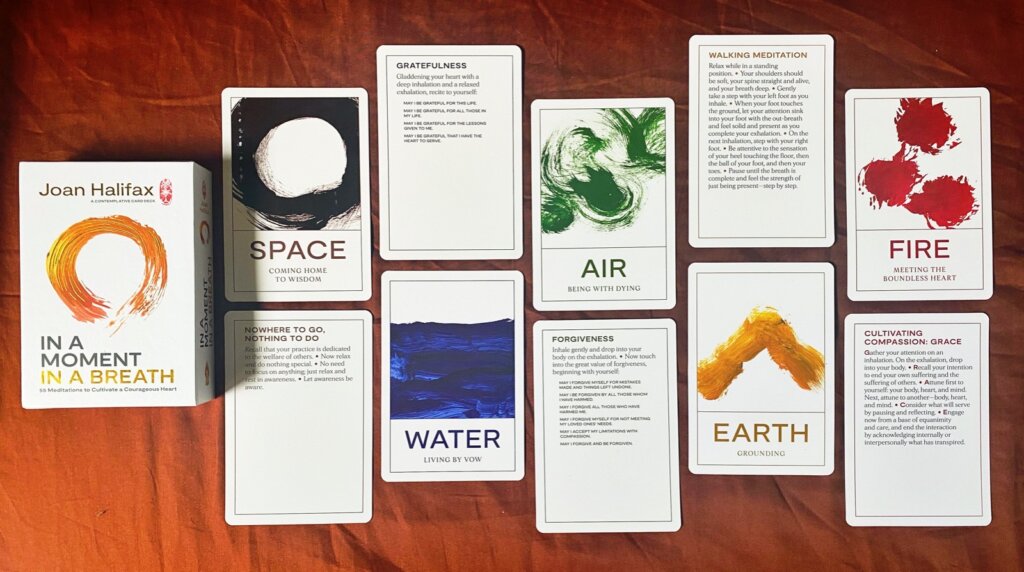
Paperback | Ebook
$21.95 - Paperback
An accessible, compassionate guide to Buddhist principles and practices that can help support recovery from addictions and addictive behaviors—written by an experienced lay teacher with long-term recovery.
For anyone struggling with addiction, Buddhism offers powerful, grounding wisdom and tools to help support recovery. In The Zen Way of Recovery, Laura Burges shares her experience as a dedicated Zen practitioner who came to terms with her own addiction to alcohol and found support for her recovery. Through the lens of Buddhist teachings, Burges offers tools and practices which, together with the help of recovery programs, can offer a road to sobriety.
Burges is an experienced and compassionate guide, and her message is resonant for people with any type of addictive behavior—and for people who aren’t necessarily familiar with Buddhism. Her teachings are drawn from the Buddha's life and teachings (specifically the Eight Awarenesses of the Awakened Being and the Six Paramitas), and the wisdom of Japanese Buddhist priest Dogen Zenji, the founder of the Soto school of Zen, among others.
Burges emphasizes the importance of being in an active recovery program, and the teachings and practices she offers in each chapter—including reflections, journaling prompts, meditations, instructions for setting up an altar, and a simple guide to zazen—are both a perfect adjunct and powerful reinforcement.
Examples of reflections and journaling prompts include:
- Do you still hear the critical, contemptuous, sarcastic voice of a parent or partner in your own head?
- Do you sometimes hear yourself mirroring this negative voice with others?
- What were the models of relationship that you grew up with?
- What are ways that you can cultivate more patience?
- Check in with yourself to see if tiredness, hunger, loneliness, or anger is affecting your thinking in the moment.
Paperback | Ebook
$18.95 - Paperback
Zen-inspired activities and stories to help kids learn about patience, kindness, honesty, sharing, and forgiveness.
Have you ever heard the word Zen? It’s what happens when you sit quietly, noticing your breath and what it feels like to just be alive. Zen is a way of closely looking at our life and the world around us so that we can share love and compassion with everyone and everything!
Each chapter has a new story to explore, with themed discussion questions, meditations, journal prompts, and hands-on projects.
Make Zen a part of your everyday life with this fun and friendly guide!
Rebirths: New Editions of Classics
Paperback | Ebook
$16.95 - Paperback
Paperback | Ebook
$14.95 - Paperback
Paperback | Ebook
$16.95 - Paperback
Paperback | Ebook
$14.95 - Paperback
Paperback | Ebook
$21.95 - Paperback
2023 Books Related to Chan and Zen
Forthcoming in 2024
And we have even more from the Chan and Zen traditions coming out next year from the likes of Yamada Mumon Roshi, James Ford, Nelson Foster, Cristina Moon, David Hinton (a new translation of the Blue Cliff Record), Korean Soen teacher Barbara Rhodes, Gerry Shishin Wick (on the Five Ranks), Kaz Tanahashi on the Zen gardens of Kyoto, and more. So make sure you sign up for our emails so you do not miss them! Here is a sneak peek at our first 2024 release which you can pre-order now and take advantage of the discount.
Paperback | Ebook
$24.95 - Paperback
Hakuin’s Song of Zazen: Yamada Mumon Roshi on Zen Practice
By Yamada Mumon Roshi, foreword by D. T. Suzuki, translated by Norman Waddell
Renowned modern Zen master Yamada Mumon Rōshi uses Hakuin’s famous poem of spiritual realization, Song of Zazen, as a starting point to embark on a lively commentary on Zen practice in contemporary life.
First published in Japan in 1962, Hakuin’s Song of Zazen is a celebrated collection of short essays by Zen master Yamada Mumon Rōshi. Translated into English for the first time, it introduces the story of Hakuin’s early life and training, then uses his classic Zen chanting poem, Song of Zazen, to make wide-ranging considerations of the Zen tradition and its applications in modern Japanese life.
As Daisetz Suzuki remarks in his foreword, what gives Mumon’s book its unique flavor and makes it different from previous works by Zen teachers are his forays into matters of ordinary, everyday life, expanding his Zen teaching to encompass interests that are closely linked with his lay audience. He responds to a news article that catches his eye in the morning paper, delivers criticism on contemporary political and social trends, explores matters as diversified as the uses of atomic energy, the court culture of seventeenth-century France, a leper hospital on an island in the Inland Sea, Albert Schweitzer and other noted Western figures—and more. In doing this Mumon gives readers open access to the opinions, judgements, and practical thinking of a leading Zen master—a map of his planet, so to speak. Each brief chapter of Mumon’s book is an invitation to follow Hakuin and himself down the path of true Zen realization.
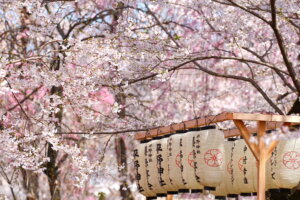

See our other Year in Review Guides:
Theravada/Pali/Insight | Zen and Chan | Tibetan Buddhism
Yoga | Personal Development | Kids Books
We are very happy to share with you a look back at our 2022 books on Zen and Chan Buddhism
Jump to: Reader Guides | Books | Books for Kids | Forthcoming Books | Audiobooks
The Five Remembrances - An Excerpt from Alive Until You're Dead by Susan Moon
Knowing How to Be Satisfied - An Excerpt from Alive Until You're Dead by Susan Moon
Remembering Stephen Addiss (author of The Art of Haiku) 1935-2022
Being Mindful of Body, Thoughts, and Feelings - an Excerpt from Heart Medicine by Radhule Weininger
Treasury of the Eye of True Teaching: Classic Stories, Discourses, and Poems of the Chan Tradition
Translated by Thomas Cleary
Chan master Dahui’s monumental compilation of teachings is brought to life for the first time in English
The final translation of the late Thomas Cleary. The Treasury of the Eye of True Teaching (Chinese Zhengfayanzang) stands among the greatest classics of Chan Buddhism—the Zen tradition of China—combining speeches, stories, dialogues, poems, and commentaries that the acclaimed Chinese master Dahui (1089–1163) extracted from Chan lore. Compiled during the Song Dynasty by Dahui’s disciples, this work is replete with the enigmatic, paradoxical wisdom for which this influential Buddhist tradition is so well known.
Famous for his challenging methodology and vigorous efforts to eliminate attachment to both conventional thinking and the grasping of the ego, Dahui here focuses on the teaching of “great doubt.” By grappling with “great doubt,” Dahui demonstrates how practitioners are able to push themselves to the limits of ideas and concepts until a breakthrough to enlightenment is achieved.
A fascinating compendium of literary and spiritual puzzles, Treasury of the Eye of True Teaching challenges and inspires its readers to examine their ingrained mental habits and attachments—and to discover their inborn potential for an immediate and direct experience of reality.
Delight in One Thousand Characters: The Classic Manual of East Asian Calligraphy
Translated and introduced by Kazuaki Tanahashi and Susan O'Leary
A beautifully curated presentation of the Thousand Character Essay, a masterpiece of Chinese calligraphy that has served as the art form’s classic manual for over 1,400 years.
The Thousand Character Essay is China’s most widely used and beloved calligraphy textbook—sung to infants as a lullaby, used to teach reading and writing, employed as library index codes, and more. Composed by the literary giant Zhou Xingsi and handwritten by sixth-century Buddhist monk Zhiyong, this masterful work has endured for centuries as the standard guide for brush writing both in formal and cursive scripts. Delight in One Thousand Characters brings this sublime body of art-as-text to English-speaking readers, detailing the fascinating history, geographic range, and aesthetic nuance of the essay. Preserving the renowned beauty of Zhiyong’s only extant handwriting, the book includes a full one-hundred-strip edition of his calligraphy and offers corresponding commentary explaining the meaning of each character.
Poetry and Zen: Letters and Uncollected Writings of R. H. Blyth
By R. H. Blyth, edited by Norman Waddell
Poetry and Zen assembles a remarkable literary feast: the letters, articles, translations, reviews, and selections from the papers of Reginald Horace Blyth (1898–1964). Following on the landmark success of Zen in English Literature and Oriental Classics (1942), Blyth’s voluminous writings on Zen, Japanese culture, and the Japanese verse forms haiku and senryū captured the imagination of English-speaking readers in the decades following World War II. His enlightening wit and inimitable style struck a particularly sensitive chord in the artistic community, providing inspiration to many poets and writers and helping to kindle global interest in Zen and haiku.
Talking Zen: Reflections on Mind, Myth, and the Magic of Life
By Alan Watts
Enter the mind of Alan Watts on Zen, Taoism, psychedelics, and comparative philosophy
Alan Watts’s lifetime of lectures and essays range widely through psychology, art, religion, and politics, but so often come home to a Zen core. This collection of his teachings, drawn from forty years of public speaking and writing, presents his characteristic brilliance and inimitable humor as he explores the deep connections between Eastern and Western wisdom—and, most especially, the unique contributions that the Zen tradition has to offer us all. Using down-to-earth, accessible language, Watts elucidates the seemingly subtle and mysterious way of Zen with immediately familiar terms and profoundly transformative ideas. As breathtaking to his original audiences as to us today, these monumental teachings paved the way for the rise of Zen in the West.
Zen Master Tales: Stories from the Lives of Taigu, Sengai, Hakuin, and Ryokan
By Peter Haskel
A lively collection of folk tales and Buddhist teaching stories from four noted premodern Japanese Zen masters: Taigu Sōchiku (1584–1669), Sengai Gibon (1750–1831), Hakuin Ekaku (1686–1769), and Taigu Ryōkan (1758–1831).
Zen Master Tales collects never-before-translated stories of four prominent Zen masters from the Edo period of Japanese history (1603–1868). Drawn from an era that saw the “democratization” of Japanese Zen, these stories paint a picture of robust, funny, and poignant engagement between Zen luminaries and the emergent chonin or “townsperson” culture of early modern Japan. Here we find Zen monks engaging with samurai, merchants, housewives, entertainers, and farmers. These masters affirmed that the essentials of Zen practice—zazen, koan study, and even enlightenment—could be conveyed to all members of Japanese society in ordinary speech, including even comic verse and work songs.
In his introduction, translator Peter Haskel explains the history of Zen “stories” from the tradition’s Golden Age in China through the compilation of the classic koan collections and on to the era from which the stories in Zen Master Tales are drawn. What was true of the Chinese tradition, he writes—“its focus on the individual’s ordinary activity as the function, the manifestation of the absolute”—continued in the Japanese context. “Most of these Japanese stories, however unabashedly humorous and at times crude, impart something of the character of the Zen masters involved, whose attainment must be plainly manifest in even the most humble and unlikely of situations.”
Yin Mountain: The Immortal Poetry of Three Daoist Women
Translated by Rebecca Nie and Peter Levitt
Freshly translated poems reveal the complexity, self-realization, and spiritual freedom of three classical Daoist women poets.
Yin Mountain presents a fascinating window onto the lives of three Tang Dynasty Daoist women poets. Li Ye (c. 734–784), Xue Tao (c. 768–832), and Yu Xuanji (843–868) lived and wrote during the period when Chinese poetry reached its greatest height. Yet while the names of the male poets of this era, such as Tu Fu, Li Bo, and Wang Wei, are all easily recognized, the names of its accomplished women poets are hardly known at all.
Through the lenses of mysticism, naturalism, and ordinary life, the five dozen poems collected here express these women’s profound devotion to Daoist spiritual practice. Their interweaving of plain but poignant and revealing speech with a compelling and inventive use of imagery expresses their creative relationship to the myths, legends, and traditions of Daoist Goddess culture. Also woven throughout the rich tapestry of their writing are their sensuality and their hard-wrought, candid emotions about their personal loves and losses. Despite that these poets’ extraordinary skills were recognized during their lifetimes, as women they struggled relentlessly for artistic, emotional, and financial independence befitting their talent. The poems exude the charged charisma of their refusal to hold back within a culture, much like our own, that was cosmopolitan yet still restrictive of women’s freedom.
Skillfully introduced and translated by acclaimed translators Peter Levitt and Rebecca Nie, these wonderful poems will resonate with the lives of spiritual practitioners today, especially women.
Through Forests of Every Color: Awakening with Koans
By Joan Sutherland
An intimate spiritual and literary journey exploring how Zen koans make us permeable to the joys and the anguish of this life—and to the primordial mystery we glimpse behind the veil of the everyday.
Koans are the record of paradoxical and provocative exchanges between Zen masters and their students that developed in medieval China. These exchanges, though often elaborated through commentary, have also been boiled down to one-line questions or statements to be held in meditation and daily life. Famous examples include, "What is the sound of one hand?" and "Not knowing is most intimate." In Through Forests of Every Color, renowned Zen teacher Joan Sutherland reimagines the koan tradition with allegiance to the root spirit of the koans and to their profound potential for vivifying, subverting, and sanctifying our lives.
Interlinked essays on “koans as art,” “keeping company with koans,” and “walking the koan way” intersperse with beautifully translated renditions of dozens of traditional Zen koans. Sutherland also shares innovative koans culled from Western literature, as well as teachings on how to create idiosyncratic koans or "turning phrases" from the circumstances of one's own life. “First honored is your yearning, the preparation made on faith that there is something that will receive you if you make yourself ready,” writes Sutherland of the koan seeker. “Bathed—attended to, washed free of complications—and then aspiring to the deepest kind of beauty—receptive, brave, dedicated, openhearted. Already you’ve begun to look like the thing you’re looking for.”
Alive Until You're Dead: Notes on the Home Stretch
By Susan Moon
Poignant and humorous insights on fully embracing our lives as we age from Susan Moon, beloved Buddhist teacher and author.
Aging isn’t easy. But it can still be filled with joy—maybe even more joy than we expect. Described by the New York Journal of Books as “a Buddhist Anne Lamott,” Zen teacher and writer Susan Moon explores both the losses and the gifts that come with the final years. Joining levity with tenderness, Moon shares stories from her own life including knee replacements, cornea surgery, Zoom chats with grandchildren, and dementia. Moon illustrates the strength that can come from within, sometimes unexpectedly, even as our bodies fail. Our radiant aliveness can be discovered and rediscovered any time up to the last moment.
Alive Until You’re Dead offers a Zen approach to aging. Moon’s stories explore being present with what is, not turning away from what’s difficult, wishing for and working for the wellbeing of others, and being willing not to know what’s next. Moon writes of her most personal vulnerabilities in the service of connecting with everyone. These field notes from an old human being invite us to feel more alive in the final stretch, whatever it holds.
The Shamanic Bones of Zen: Revealing the Ancestral Spirit and Mystical Heart of a Sacred Tradition
By Zenju Earthlyn Manuel
In The Shamanic Bones of Zen, celebrated author and Buddhist teacher Zenju Earthlyn Manuel undertakes a rich exploration of the connections between contemporary Zen practice and shamanic, or indigenous, spirituality. Drawing on her personal journey with the black church, with African, Caribbean, and Native American ceremonial practices, and with Nichiren and Zen Buddhism, she builds a compelling case for cultivating the shamanic, or magical, elements in Buddhism—many of which have been marginalized by colonialist and modernist forces in the religion. The book conveys guidance for readers interested in Zen practice including ritual, preparing sanctuaries, engaging in chanting practices, and deepening embodiment with ceremony.
Wild Mind, Wild Earth: Our Place in the Sixth Extinction
By David Hinton
Exploring the confluence of ancient Chinese spirituality and modern Western environmental thought, Wild Mind, Wild Earth reveals the unrecognized kinship of mind and nature that must be reanimated if we are to end our destruction of the planet.
Earth is embroiled in its sixth major extinction event—this time caused not by asteroids or volcanos, but by us. At bottom, preventing this sixth extinction is a spiritual and philosophical problem, for it is the assumptions defining us and our relation to earth that are driving the devastation. Those assumptions insist on a fundamental separation of human and earth that devalues earth and enables our exploitative relation to it.
In Wild Mind, Wild Earth, David Hinton explores modes of seeing and being that could save the planet by reestablishing a deep kinship between human and earth: the insights of primal cultures and those of Ch’an (Zen) Buddhism of ancient China. He also shows how these insights have become well-established in the West over the last two hundred years through the work of poets, philosophers, and scientists. This offers marvelous hope and beauty—but like so many of us, Hinton recognizes that the sixth extinction is now an inexorable and perhaps unstoppable tragedy. And he reveals how those primal and Zen insights enable us to inhabit even the unfurling catastrophe as a profound kind of liberation. Wild Mind, Wild Earth is a remarkable and revitalizing journey.
The Art of Budo: The Calligraphy and Paintings of the Martial Arts Masters
By John Stevens
Beginning with the legendary samurai Miyamoto Musashi, nearly all of the great Japanese martial arts masters left a legacy of calligraphy and painting. In this art, rooted in the tradition of Zenga and Zensho (meditative painting and calligraphy), the brushstrokes are considered to be alive, conveying a master’s teaching directly and concisely. When the artwork is displayed in a dojo or more intimately in one’s home, the master is experienced as a living presence.
This stunning collection of spiritual calligraphy presents a concise history of this tradition, with works from Miyamoto Musashi, Takuan Soho, Yagyu Munenori, Saigo Takamori, Otagaki Rengetsu, Yamaoka Tesshu, Kano Jigoro, Ueshiba Morihei, and many others. Aikido master and Zen art expert John Stevens provides a fascinating introduction to the tradition, illuminating commentary on each piece, and biographical details on each of the warrior artists.
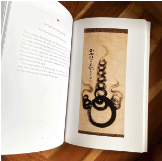
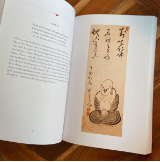
The Art of Haiku: Its History through Poems and Paintings by Japanese Masters
By Stephen Addiss
instead of home
the cool moon’s
straw mat
—Inoue Shiro
In the past hundred years, haiku has gone far beyond its Japanese origins to become a worldwide phenomenon—with the classic poetic form growing and evolving as it has adapted to the needs of the whole range of languages and cultures that have embraced it. Here one of the leading haiku scholars of the West takes us on a tour of haiku poetry’s evolution, providing along the way a wealth of examples of the poetry and the art inspired by it.
While haiku is one of the best-known forms of poetry, it is less known that traditional haiku were often accompanied by calligraphy and paintings. In this history of both the poetic and visual art forms, all aspects of the development of haiku are fully explored—deepened by a look at the role of haiku paintings, called haiga. Full of examples of the poems and the paintings, including full-color reproductions of forty haiku paintings, this is one of the few histories of haiku that also explores the visual aspect of the art.
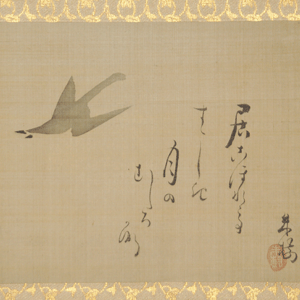
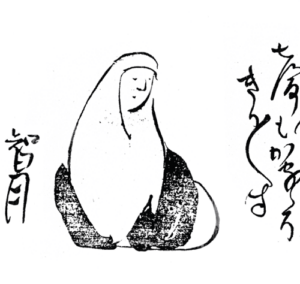
That Is Not Your Mind!: Zen Reflections on the Surangama Sutra
By Robert Rosenbaum
Viewed through the lens of psychology and neuroscience, a classic Zen sutra becomes a springboard for exploring sensory experiences and realizing freedom.
What does it mean to be liberated through one’s sensory life? In That Is Not Your Mind! Zen teacher Robert Rosenbaum explores this question by taking readers on a step-by-step journey through the Surangama Sutra. This Chinese Mahayana sutra is known for its emphasis on practicing with the senses (sight, sound, taste, smell, touch, and the Buddhist “sixth sense” of mind or cognition), as well as its teachings on the necessity of basic ethical commitments, like not killing or stealing, to support the development of one’s meditation practice and insight.
Rosenbaum interweaves passages from the sutra with contemporary insights from neuroscience and psychology, illustrating the usefulness of the text with anecdotes from his life and his forty years of teaching experience. In addition to learning about a sutra that played an important role in the creation of Chinese Chan and Japanese Zen Buddhism, readers are guided through meditations and other practices derived from the sutra’s teachings, such as hearing meditations (awareness of sound, awareness of silence, turning hearing inwards) and centering meditations (basic centering as well as centering on compassion).
"One of the most difficult aspects of Buddhist practice is wrapping our minds around how every moment is both a deceptive seeming and also a true gateway to awakening," writes Rosenbaum. "Nothing is hidden, but there is an infinite field we cannot see."
Mindful Medicine: 40 Simple Practices to Help Healthcare Professionals Heal Burnout and Reconnect to Purpose
By Jan Chozen Bays
Healers need healing too.
At times, healthcare work can be demanding, exhausting, and underappreciated. Those working in the field are passionate about relieving the suffering of others but often neglect their own health. They’re too tired at the end of the day to go to the evening burnout workshop that is offered by their hospital or clinic. They may even ponder leaving the profession that they love and have worked so hard and long to learn and perfect.
Mindful Medicine shares simple mindfulness practices and brief meditations that fit easily into the demanding schedule of a healthcare worker’s day, creating an experience of less stress and more presence, connection, ease, and flow. Addressing important topics such as connecting with yourself, connecting with your patients, the challenge of the Inner Critic in medicine, rescue remedies for times of stress, and meditations, this book offers evidence-based support for the many challenges that healthcare workers face. These short practices are an invitation to replenish the passion of healthcare work and douse the flickering flames of burnout.
The Path of Aliveness: A Contemporary Zen Approach to Awakening Body and Mind
By Christian Dillo
Buddhism aims for the development of a flexible mind and skillful responsiveness—whether toward problems in one’s personal life or broader issues like the ecological crisis. But in a culture now saturated with cliches about mindfulness and unrealistic fantasies about happiness, what does it truly mean to walk this path? The key practice is that of embodied aliveness.
In The Path of Aliveness, Zen and Taoist Qigong teacher Christian Dillo offers a path of meaningful transformation tailored to our times. Through potent conceptual work and practical examples, he shows how to carefully examine the interrelationship between our senses, body energy, thoughts, and emotions so that we can transform our lives in the direction of less suffering and more freedom, wisdom, and compassion. This secular reconstruction respectfully plumbs Buddhist tradition—including classic teachings such as the foundations of mindfulness meditation, the four noble truths, and the practice of lovingkindness—while encouraging practitioners to rely on their own embodied experience for maintaining an alive and engaged presence no matter the circumstances.
New in Paperback
Sage Leadership: Taoist Wisdom to Overcome Conflict and Create a Just World
By Thomas Cleary
For every would-be leader, this acclaimed Taoist classic offers timeless insights for building a better world
The Taoist sages of ancient China have long been lauded for their transformative teachings on the art of harmonious living, community organization, and cultivating the common good. Along with Sun Tzu’s Art of War, the Huainanzi, here brought to life in English by preeminent translator Thomas Cleary, represents an essential window into this long and cherished tradition. Yet, whereas the Art of War focuses on cunning strategy to quickly resolve conflict, the Huainanzi speaks to the organization of healthy societies, the management of complex group dynamics, and how to promote the highest ideals of harmony, freedom, adaptability, and sustainability in our world. With incisive teachings on the challenges and opportunities of leadership at all levels—from small-scale organizational management to political statecraft—its time-tested wisdom lights the way for any endeavor in business, management, politics, government, and everyday life.
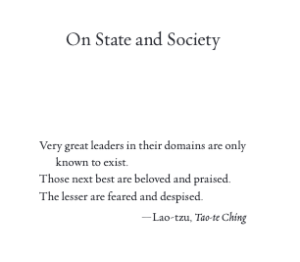
The Hero of Compassion: How Lokeshvara Got One Thousand Arms
By Harry Einhorn, Illustrated by Khoa Le
The magical story of a compassionate hero who learns how to always care for others and to never give up—for kids ages 4–8.
Lokeshvara shows us that with compassion,
we can always pick up the pieces of a broken heart,
and be stronger, more loving, and more wise than before.
Lokeshvara is a compassionate hero who lives above the moon. He tries to help every single being in the world but gets frustrated when he realizes that he can’t save everyone. Lokeshvara becomes so disheartened that he explodes into a thousand pieces. With a little help from a wise friend and teacher, the pieces are put back together in a way that can benefit even more beings than before.
Lokeshvara’s tale of compassion and resilience teaches us that even when we feel overwhelmed by the suffering we see in the world, we can still find creative ways to help those around us.
With beautiful illustrations that use a unique approach to color, shadows, and perspective to evoke a sense of magic and wonder, this retelling of a classic Asian Buddhist tale is timely and meaningful for kids and grown-ups alike.
Buddhist Stories for Kids: Jataka Tales of Kindness, Friendship, and Forgiveness
By Laura Burges, Illustrated by Sonali Zohra
A wise and colorful collection of ten Buddhist fables, this modern telling of ancient Indian stories, centering around animals and nature, teaches vibrant and timeless life lessons. (Ages 4–8)
Long ago, the Buddha told his followers Jataka Tales, or “birth stories,” about the many lifetimes he lived before he was born as Prince Siddhartha. In this beautiful retelling of ten such stories, the Buddha is introduced as the Queen of the Dogs, a loyal Parrot, a mischievous Monkey, a wise Lion, a brave Forest Owlet, and more.
Each story conveys important morals that are short, sweet, and to the point, giving children a handful of useful lessons to apply to their lives, like “Always try to do the right thing, even when no one else is watching.” These tales are brought to life with stunning and dreamlike illustrations by Sonali Zohra (illustrator of Ashoka the Fierce), exploring in vivid detail how one’s actions affect others; the importance of kindness; the strength of friendship; the value of thoughtful decisions; and the importance of letting go and learning to forgive. With a beautiful paper-over-board package to tie it all together, this book will serve as a timeless and treasured offering for both children and adults.
Newly Available in Audio
Come along with David Hinton on a series of walks through the wild beauty of Hunger Mountain, near his home in Vermont—excursions informed by the worldview he’s imbibed from his many years translating the classics of Chinese poetry and philosophy. His broad-ranging discussion offers insight on everything from the mountain landscape to the origins of consciousness and the Cosmos, from geology to Chinese landscape painting, from parenting to pictographic oracle-bone script, to a family chutney recipe. It’s a spiritual ecology that is profoundly ancient and at the same time resoundingly contemporary. Your view of the landscape—and of your place in it—may never be the same.
Renowned for his popular novels, Jim Harrison (1937–2016) was also widely acclaimed for the “renegade genius” of his powerful, expressive poems. Inspired by his many years of Zen practice, Harrison’s first collection of poetry directly inspired by his many years of Zen practice—After Ikkyū—is at once heartfelt and thought-provoking, the words of a deeply sincere seeker of truth even. Embracing the imperfections of the world we live in, After Ikkyū explores themes on human and animal nature, transformation and impermanence, and more plainly, the ubiquity of strife, struggle, and death and dying within the natural world—an ever-present condition which, despite our denial, rumbles in the hearts of each and every living being.
This audiobook edition is read by the author himself, an immortal treasure from one of America's most celebrated authors.
David Chadwick, a Texas-raised wanderer, college dropout, bumbling social activist, and hobbyhorse musician, began his study under Shunryu Suzuki Roshi in 1966. In 1988 Chadwick flew to Japan to begin a four-year period of voluntary exile and remedial Zen education. In Thank You and OK! he recounts his experiences both inside and beyond the monastery walls and offers insightful portraits of the characters he knew in that world—the bickering monks, the patient abbot, the trotting housewives, the ominous insects, the bewildered bureaucrats, and the frustrating English-language students—as they worked inexorably toward initiating him into the mysterious ways of Japan. Whether you're interested in Japan, Buddhism, or exotic travel writing, this book is great fun.
This audiobook is read by the author.
Forthcoming in 2023
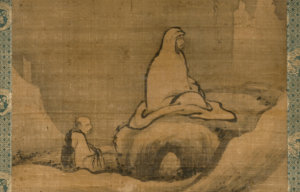
The Works of the Chan & Zen Patriarchs

The Works of the Chan & Zen Patriarchs
This is part of a series of articles on the arc of Zen thought, practice, and history, as presented in The Circle of the Way: A Concise History of Zen from the Buddha to the Modern World. You can start at the beginning of this series or simply explore from here.
Hear a description of this statue of the First Patriarch Bodhidharma from the Metropolitan Museum of Art:
Explore Zen Buddhism: A Reader's Guide to the Great Works
Overview
Chan in China
> The Works of the Chan and Zen Patriarchs
- The Works of Zen in the Tang Dynasty (618-907)
- The Works of Zen in the Song Dynasty (960 - 1279)
- The Great Koan Collections
Zen in Korea
Zen in Japan
- Early Zen in Japan
- Dogen: A Guide to His Works
- Rinzai Zen
- Hakuin Ekaku: A Reader's Guide
- The Samurai and Zen
- Zen in Japan up to the Meiji Restoration
Additional Resources
- The Heart Sutra: A Reader’s Guide
- Zen in the Modern World (Coming Soon)
- Foundational Sutras and Texts of Zen (Coming Soon)
- Zen and Tea
Early Zen and the Zen Patriarchs
The traditional story of the birth of Zen begins with the arrival of Bodhidharma, who became known as the First Patriarch and continues through the lives of five more patriarchs. Each of these revered sages, the story goes, chose his best student to succeed him as patriarch of the lineage—a rite of passage marked by passing on the robe and bowl of Bodhidharma. This tradition ended with the sixth and last patriarch, Dajian Huineng, who died in 713.
—The Circle of the Way
Below are some of the works we publish that relate to this time period.
Jump To: Early Chan in China | Chan and Taoism | The Zen Patriarchs
Early Chan in China
Zen Enlightenment: Origins and Meaning
By Heinrich Dumoulin
This is a complement to The Circle of the Way, and has a nice overview of the early roots of Chan in China. Here, the renowned scholar Heinrich Dumoulin traces the development of Zen and the concept of enlightenment from its origins in India through its development in China to its fruition in Japan. Delineating the Buddhist origins, as well as the Taoist and yogic influences, he traces the historical path Zen has followed.
In both this work and The Circle of the Way, there are great overviews of Buddhism's arrival in China, it great translators like the peripatetic polyglot Dharmaraksha (ca. 230–307) and the Kuchan-raised and Kashmir-educated Kumarajiva (344–413), and the Zen Patriarchs.
Zen Dawn: Early Zen Texts from Tun Huang
Translated by J. C. Cleary
This important book brings together three long-lost texts from the first half of the eighth century, the earliest known writings on Zen.
- Records of the Teachers and Students of the Lanka presents a complete set of biographies of the Zen patriarchs.
- Bodhidharma's Treatise on Contemplating Mind— written in the form of a dialogue between the first Zen patriarch, Bodhidharma, and his successor, Huke—views all the various practices of the Bodhisattva path from the perspective of cultivating mind.
- Treatise on Sudden Enlightenment presents a series of questions and answers illuminating the true nature of "sudden enlightenment" as pure, undifferentiated mind.
Chan or Taoism?
In The Circle of the Way, O'Brien takes on the notion that Taoism fundamentally changed Buddhism as it arrived in China. She says,
Although Zen and Daoism do share points of agreement, Zen is best understood within the context of Mahayana Buddhism. Although Zen in China sometimes adopted Daoist vocabulary and iconography, it’s important to be aware that the perspectives behind the words and images differed from Daoist ones. I believe making too much of the Daoist-Zen connection gets in the way of understanding Zen, and no doubt it gets in the way of understanding Daoism as well.
To read a counter argument that Taoism is indeed profoundly influential on Chan, look no further than sinologist and poet David Hinton's China Root: Taoism, Ch’an, and Original Zen.
In this work, Hinton describes Ch’an as a kind of anti-Buddhism, a radical and wild practice aspiring to a deeply ecological liberation: the integration of individual consciousness with landscape and with a Cosmos seen as harmonious and alive.
He presents this original form of Zen with his trademark clarity and elegance, each chapter exploring in enlightening ways a core Ch’an concept—such as meditation, mind, Buddha, awakening—as it was originally understood and practiced in ancient China. Finally, by examining a range of standard translations in the appendix, he shows how this original understanding and practice of Ch’an/Zen is almost entirely missing in contemporary American Zen, because it was lost in Ch’an’s migration from China through Japan and on to the West.
The Birth of Ch'an
In a similar light, in The Way of Ch'an, Hinton describes the birth of Ch'an in south China among steeply graded mountains and vast forests. According to Hinton, "Ch'an arose as part of a broad cultural movement establishing mountain landscape as the heart of Chinese spiritual and artistic practice." Likewise, Ch'an was forged by four primary figures including two Buddhist philosophers, Seng Chao (Sangha-Fundament) and Tao Sheng (Way-Born) along with two poets, Hsieh Ling-yün and T'ao Ch'ien. Hinton explains that the meeting of these extraordinary individuals was facilitated by Hui Yüan (Prajna-Distance), the abbot of East-Forest. Hui Yüan was an influential figure that aspired to combine Buddhism and Taoist Dark-Enigma Learning.
Discussing this integration of Buddhism and Taoism, Hinton writes:
"Ch’an is not a religious project; it is a philosophical one. For all four of these figures, as for virtually all artist-intellectuals at the time, Dark-Enigma Learning operated as the body of assumptions defining their intellectual framework. The two philosophers explicitly reinvented Buddhist principles as Taoist principles, forging Ch’an by transforming Dhyana Buddhism into an extension of Dark-Enigma Learning. This philosophical project continues Dark-Enigma Learning’s focus on deep cosmological/ontological dimensions of consciousness and Cosmos, combining it with Buddhist thought and practice. Like Dark-Enigma Learning itself, it is sometimes challenging, sentence after sentence reading like complex philosophical aphorisms requiring sustained attention. But this complexity opens depths that allow later Ch’an to develop more accessible ways of cultivating those depths as immediate everyday experience."
Sidebar: Chan and Taosim
However, if you want to go beyond the polemics of Taoism's relationship with Chan, there is no better place to turn than Master of the Three Ways: Reflections of a Chinese Sage on Living a Satisfying Life by Hung Ying-ming. The "Three Ways" referred to are of course Buddhism, Confucianism, and Taoism and this author, nearly one thousand years after the patriarchs, presents a beautiful work that will leave you with a deep appreciation of how these streams were not so much at odds but formed a coherent whole.
In the foreword, Red Pine (Bill Porter) describes how Chinese society reconciles these streams:
Even where individuals have chosen to emphasize one over the others in their own lives, they have rarely turned their back on the others. This is because they have recognized that each addresses a different aspect of the human condition: Taoism seeks the harmony of the body, Confucianism seeks the harmony of society, and Buddhism seeks the harmony of the mind.
The Six Zen Patriarchs
And now for the Zen Patriarchs themselves.
There are traditionally listed as follows, though there is a lot more to the story you will discover in The Circle of the Way.
- Bodhidharma (5th/6th century)
- Dazu Huike (487–593)
- Jianzhi Sengcan (529–606)
- Dayi Daoxin (580–651)
- Daman Hongren (601–74)
- Dajian Huineng (638–713)
The Buddhist Partriarchs, Korea, 17th-18th century
The Los Angeles County Museum
Bodhidharma
In The Circle of the Way, O'Brien relates,
Four sermons attributed to Bodhidharma survive to the present day. Of those, the brief Two Entrances and Four Practices, prefaced by Tanlin in the sixth century and discovered at Dunhuang, has the strongest claim to being a genuine work of Bodhidharma’s. The authorship of the others is disputed, in part because they don’t appear to be old enough to have been composed by Bodhidharma.
The Essence of Chan: A Guide to Life and Practice according to the Teachings of Bodhidharma
by Guo Gu
This book, a translation and commentary on one of Bodhidharma’s most important texts, Two Entries and Four Practices, explores Bodhidharma’s revolutionary teachings. Guo Gu, both a reknownded teacher of Chan and professor at Florida State University, weaves his commentary through modern and relatable contexts, showing that this centuries-old wisdom is just as crucial for life now as it was when it first came to be.
Huike sitting behind Bodhidharma
Cleveland Mueum of Art
Huike
Dazu Huike was the second Patriarch and comes up in many of our books, but is covered most thoroughly in The Circle of the Way where O'Brien recounts his famous meeting at Shaolin with Bodhidharma that is recorded in the Wumenguan, or Gateless Barrier. After lamenting how little he comes up in the encounters of most modern-day Zen students, she gives a wonderful account of him over the next six pages. Briefly,
The scholar turned to Buddhism after the deaths of his parents. In 519, when he was thirty-two years old, he was ordained a Buddhist monk in a temple near Luoyang. About eight years later, he left in search of Bodhidharma, and he found the old monk in his cave near Shaolin Temple. At the time of this meeting, Huike was about forty years old. Huike studied with Bodhidharma for six years and became Bodhidharma’s chief dharma heir and successor.
Jianzhi Sengcan
The Third Patriarch is often considered retroactively inserted into the Patriarchs, but there is a wonderful text attributed to him.
Faith in Mind: A Commentary on Seng Ts'an's Classic
It begins with this verse:
The Supreme Way is not difficult
If only you do not pick and choose.
Neither love nor hate,
And you will clearly understand.
Be off by a hair,
And you are as far from it as heaven and earth.
These vivid lines begin one of the most beloved of all Zen texts, the Hsin Hsin Ming (“Faith in Mind”). The Hsin Hsin Ming is a masterpiece of economy, expressing the profoundest truth of the enlightened mind in only a few short pages. In this work, 20th century Chan Master Sheng Yen’s offers an approach is unique among commentaries on the text: he views it as a supremely useful and practical guide to meditation practice. “I do not adopt a scholarly point of view or analytical approach,” he says. “Rather, I use the poem as a taking-off point to inspire the practitioner and deal with issues that arise during the course of practice. True faith in mind is the belief grounded in realization that we have a fundamental, unmoving, and unchanging mind. This mind is precisely Buddha mind.
Daoxin
From The Circle of the Way:
It’s believed Daoxin valued meditation as the most essential practice. “Sit earnestly in meditation!” he is reputed to have said. “The sitting in meditation is basic to all else.” Traditional sources associate Daoxin with the Lankavatara Sutra and also with the prajnaparamita sutras, known for their deep teachings on Madhyamaka.
While we do not publish any works directly authored by Daoxin, he is discussed in many books including Enlightenment Unfolds,
From the Treasury of the True Dharma Eye:
When Daoxin, who would later become Zen Master Dayi, the Fourth Chinese Ancestor, was fourteen, he met Sengcan, the Third Chinese Ancestor, and then labored for nine years. After inheriting the authentic teaching of buddha ancestors, Daoxin kept his mind gathered and did not sleep with his side on the mat for almost sixty years. In his guidance he did not discriminate between enemies and friends, so his virtue prevailed among humans and devas.
In the sixteenth year of the Zhenguan Era [642], Emperor Tai, in admiration of Daoxin’s flavor of the way, invited him to the capital, wishing to test the hue of his dharma. Daoxin respectfully declined three times, claiming ill health. At the fourth summons, the Emperor ordered the messenger to cut off Daoxin’s head if he declined again. The messenger saw Daoxin and relayed the imperial order to him. With complete composure Daoxin stretched out his neck and made ready for the sword. Extremely impressed, the messenger went back to the capital and wrote a report to the Emperor, who admired Daoxin even more. He expressed his appreciation by sending Daoxin a gift of rare silk.
Thus, the continuous practice of Daoxin, who was not attached to his bodily life as bodily life and tried to avoid becoming intimate with kings and ministers, is something rarely encountered in a thousand years. Because Emperor Tai was a just king, Daoxin had nothing against him. The Emperor admired Daoxin because he did not spare his own bodily life and was willing to die. Daoxin focused on his continuous practice, not without reason but with respect for the passage of time. Compared with the current tendency in this declining age when many people try to find favor with the emperors, Daoxin’s refusal of the three imperial requests is remarkable.
On the fourth day, the intercalary ninth month, the second year of the Yonghui Era [651] during the reign of Emperor Gao, Daoxin gave instruction to his students, saying, 'All things are liberated. You should guard your mind and teach future generations.'
After saying this, he sat at ease and passed away. He was seventy-two years old. A stupa was built for him on the mountain. On the eighth day of the fourth month of the following year, the door to the stupa opened of itself, and inside it, his body looked as if he were alive. After that his students kept the door open.
Know Daoxin’s words: All things are liberated. It is not merely that all things are empty or all things are all things, but that all things are liberated. Daoxin had continuous practice before and after entering the stupa. To assume that all living beings die is a narrow view. To assume that the dead do not perceive is a limited idea. Do not follow these views when you study the way. There may be those who go beyond death. There may be dead people who perceive.
Daman Hongren (601–674)
The fifth patriarch is described in The Circle of the Way:
Hongren spent his entire life around Mount Shuangfeng; he was born there, studied with Daoxin there, taught there, and died there. He broke with the tradition of striking out on his own after receiving transmission, and instead he stayed with Daoxin. Three years after Daoxin’s death, Hongren decided to establish another monastery. The new monastery was only a half-day’s walk east from Daoxin’s place, and it came to be called Dongshan, or “East Mountain.” Daoxin’s and Hongren’s legacy of instruction would come to be called the East Mountain teachings.
Minding Mind
This work consists of several meditation manuals from a wide period. The first manual, Treatise on the Supreme Vehicle, is attributed to Hongren.
Dajian Huineng
The Circle of the Way gives a detailed account of the Sixth Patriarch. The title was initially attributed to Yuquan Shenxiu, but was later transferred to Huineng.
The best work well-known work of Huineng is of course the Platform Sutra, also called the Sutra of Huineng. We have two translations of this text, The Sutra of Hui-neng, Grand Master of Zen, translated by Thomas Cleary, and The Diamond Sutra and The Sutra of Hui-neng, translated by Wong Mou-lam and A. F. Price. The former has the benefit of having a full commentary by Huineng on the Diamond Sutra.
The Sutra of Hui-neng, Grand Master of Zen: With Hui-neng's Commentary on the Diamond Sutra
Translated by Thomas Cleary
Hui-neng (638–713) is perhaps the most beloved and respected figure in Zen Buddhism. An illiterate woodcutter who attained enlightenment in a flash, he became the Sixth Patriarch of Chinese Zen, and is regarded as the founder of the "Sudden Enlightenment" school. He is the supreme exemplar of the fact that neither education nor social background has any bearing on the attainment of enlightenment. This collection of his talks, also known as the Platform or Altar Sutra, is the only Zen record of its kind to be generally honored with the appellation sutra, or scripture.
The Sutra of Hui-neng is here accompanied by Hui-neng's verse-by-verse commentary on the Diamond Sutra—in its very first published English translation ever.
The Diamond Sutra and The Sutra of Hui-neng
Translated by Wong Mou-lam and A. F. Price
The Diamond Sutra, composed in India in the fourth century CE, is one of the most treasured works of Buddhist literature and is the oldest existing printed book in the world. It is known as the Diamond Sutra because its teachings are said to be like diamonds that cut away all dualistic thought, releasing one from the attachment to objects and bringing one to the further shore of enlightenment. The format of this important sutra is presented as a conversation between the Buddha and one of his disciples. The Sutra of Hui-neng, also known as the Platform Sutra, contains the autobiography of a pivotal figure in Zen history and some of the most profound passages of Zen literature. Hui-neng (638–713) was the sixth patriarch of Zen in China, but is often regarded as the true father of the Zen tradition. He was a poor, illiterate woodcutter who is said to have attained enlightenment upon hearing a recitation of the Diamond Sutra. Together, these two scriptures present the central teaching of the Zen Buddhist tradition and are essential reading for all students of Buddhism.
Continue to next article in this series: Zen in the Tang Dynasty >
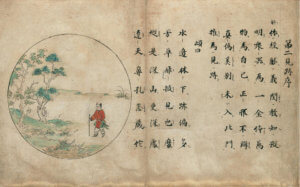

The Great Koan Collections
This is part of a series of articles on the arc of Zen thought, practice, and history, as presented in The Circle of the Way: A Concise History of Zen from the Buddha to the Modern World. You can start at the beginning of this series or simply explore from here.
Ten Verses on Oxherding, included in many gongan or koan collections. From the the Met
Explore Zen Buddhism: A Reader's Guide to the Great Works
Overview
Chan in China
- The Works of the Chan and Zen Patriarchs
- The Works of Zen in the Tang Dynasty (618-907)
- The Works of Zen in the Song Dynasty (960 - 1279)
> The Great Koan Collections
Zen in Korea
Zen in Japan
- Early Zen in Japan
- Dogen: A Guide to His Works
- Rinzai Zen
- Hakuin Ekaku: A Reader's Guide
- The Samurai and Zen
- Zen in Japan up to the Meiji Restoration
Additional Resources
- The Heart Sutra: A Reader’s Guide
- Zen in the Modern World (Coming Soon)
- Foundational Sutras and Texts of Zen (Coming Soon)
- Zen and Tea
It was during the Song Dynasty (960–1279 CE) that the great gongan (Chinese) or koan collections were put to paper: The Blue Cliff Record (Bìyán Lù or Hekiganroku), The Gateless Barrier (Wúménguān or Mumonkan), The Book of Serenity (Cóngróng lù or Shōyōroku), and The Record of Empty Hall, though the latter is less known to westerners.
The Circle of the Way gives a brief history of koan practice:
Xuedou Chongxian (980–1052) was a master of the Yunmen house who liked to write commentaries. It was said that he had a strong Confucian education before he became a Buddhist monk, and he applied a Confucian appreciation of literary scholarship to his study of Buddhism. One day he asked his teacher, “The ancient masters did not produce a single thought—where is the problem?” The teacher hit Xuedou twice with his whisk, and Xuedou became enlightened.
Among the texts attributed to Xuedou is a collection of one hundred gongan to which Xuedou added his own verses as commentary. This was the Xuedou heshang baice songgu or “Xuedou’s verses on the old cases.” These were probably not the first collection of “old cases,” but these cases would become the basis of the first of the great koan collections, the Biyan lu, known in English as the Blue Cliff Record.
In The Way of Ch'an, David Hinton contextualizes the emergence of koan as follows:
"The other great innovation in Sung Dynasty Ch’an is the sangha-case collection. As we have seen, the Ch’an written tradition is composed primarily of prose works by and about Ch’an masters, records of their lives and teachings. These records contain a great deal of conventional explanatory teaching, which is necessary to prepare students for Ch’an’s wordless insight. That direct insight is conveyed in the more literary dimension of those records: poetry, which was perfectly suited to the quick, deep insights of Ch’an; and storytelling typified by poetic distillation—enigmatic sayings and wild antics intended to upend reason and tease mind past the limitations of logical thought. These are performative, rather than explanatory—enacting insight rather than talking about it. As such, they operate with poetic wildness and immediacy, rather than the usual explanatory or utilitarian discourse. In this, they come as close as language can to Ch’an’s transmission outside of words and teaching.
Ch’an teachers began drawing especially revealing moments from the records of earlier teachers, moments that distill the essential insights of Ch’an, and assigning them as puzzles for students to ponder.2 These scraps of story came to be known as kung-an (公案, now widely known in its Japanese pronunciation koan), a term that had come into use prior to the Sung, no later than the eighth century."
He further explains that
"Eventually, in tenth-century Sung China, teachers began gathering these sangha-cases into collections used for training students. Three of these collections established themselves as the enduring classics, perennially employed over the centuries in China, then Japan, and on into Zen practice around the world today: Blue-Cliff Record, Carefree-Ease Record, No-Gate Gateway. Such sangha-case collections are now generally considered mere collections of stories that provide an occasion for teaching. But in fact they are carefully constructed literary/philosophical texts designed to create—in and of themselves and without further explanation—a direct and immediate experience in the reader: the experience of enlightenment."
Below are some of the works we publish that relate to this time period.
The Blue Cliff Record
We have two works specific to the Blue Cliff Record. There is Cleary's classic translation of the collection itself.
The Blue Cliff Record is a translation of the Pi Yen Lu, a collection of one hundred famous Zen koans accompanied by commentaries and verses from the teachings of Chinese Zen masters. Compiled in the twelfth century, it is considered one of the great treasures of Zen literature and an essential study manual for students of Zen.
Secrets of the Blue Cliff Record: Zen Comments by Hakuin and Tenkei
Secrets of the Blue Cliff Record is a fresh translation featuring newly translated commentary from two of the greatest Zen masters of early modern Japan, Hakuin Ekaku (1685–1768) of the Rinzai sect of Zen and Tenkei Denson (1648–1735) of the Soto sect of Zen. This translation and commentary on The Blue Cliff Record sheds new light on the meaning of this central Zen text.
The Gateless Barrier: Zen Comments on the Mumonkan
For more than seven centuries the Mumonkan has been used in Zen monasteries to train monks and to encourage the religious development of lay Buddhists. It contains forty-eight koans, or spiritual riddles, that must be explored during the course of Zen training. Shibayama Zenkei (1894–1974), an influential Japanese Zen teacher and calligrapher who traveled and lectured throughout the United States in the 60s and 70s, offers his own commentary alongside the classic text. The Gateless Barrier remains an essential text for all serious students of Buddhism.
Passing Through the Gateless Barrier: Koan Practice for Real Life
Gateways to awakening surround us at every moment of our lives. The whole purpose of koan (gongan, in Chinese) practice is to keep us from missing these myriad opportunities by leading us to certain gates that have traditionally been effective for people to access that marvelous awakening. The forty-eight kōans of the Gateless Barrier (Chinese: Wumenguan; Japanese: Mumonkan) have been waking people up for well over eight hundred years. Chan teacher Guo Gu provides here a fresh translation of the classic text, along with the first English commentary by a teacher of the Chinese tradition from which it originated. He shows that the kōans in this text are not mere stories from a distant past, but are rather pointers to the places in our lives where we get stuck—and that each sticking point, when examined, can become a gateless barrier through which we can enter into profound wisdom.
No-Gate Gateway: The Original Wu-Men Kuan
A monk asked: “A dog too has Buddha-nature, no?” And with the master’s enigmatic one-word response begins the great No-Gate Gateway (Wu-Men Kuan), ancient China’s classic foray into the inexpressible nature of mind and reality. For nearly eight hundred years, this text (also known by its Japanese name, Mumonkan) has been the most widely used koan collection in Zen Buddhism—and with its comic storytelling and wild poetry, it is also a remarkably compelling literary masterwork. In his radical new translation, David Hinton places this classic for the first time in the philosophical framework of its native China, in doing so revealing a new way of understanding Zen—in which generic “Zen perplexity” is transformed into a more approachable and earthy mystery. With the poetic abilities he has honed in his many translations, Hinton brilliantly conveys the book’s literary power, making it an irresistible reading experience capable of surprising readers into a sudden awakening that is beyond logic and explanation.
Two Zen Classics: The Gateless Gate and the Blue Cliff Records
There is an excellent commentary on both The Blue Cliff Record and the Gateless Barrier by Katsuki Sekida (1893–1987), who began practicing in Japan but then taught in Hawaii and the UK.
Book of Serenity: One Hundred Zen Dialogues
The Book of Serenity is a translation of Shoyo Roku, a collection of one hundred Zen koans with commentaries that stands as a companion to the other great Chinese koan collection, the Blue Cliff Record (Pi Yen Lu). A classic of Chan (Chinese Zen) Buddhism, Book of Serenity has been skillfully rendered into English by the renowned translator Thomas Cleary.
Compiled in China in the twelfth century, the Book of Serenity is, in the words of Zen teacher Tenshin Reb Anderson, "an auspicious peak in the mountain range of Zen literature, a subtle flowing stream in the deep valleys of our teaching, a treasure house of inspiration and guidance in studying the ocean of Buddhist teachings." Each one of its one hundred chapters begins with an introduction, along with a main case, or koan, taken from Zen lore or Buddhist scripture. This is followed by commentary on the main case, verses inspired by it, and, finally, further commentary on all of these. The book contains a glossary of Zen/Chan terms and metaphors.
The Record of Empty Hall: One Hundred Classic Koans
The Record of Empty Hall was written by Xutang Zhiyu (1185–1269), an important figure in Chan Linji (Rinzai in Japan) Buddhism and in its transmission to Japan. Although previously little-known in the West, Xutang's work is on par with the other great koan collections of the era, such as The Blue Cliff Record and Book of Serenity.
Translated by Zen teacher Dosho Port from the original Chinese, The Record of Empty Hall opens new paths into the earthiness, humor, mystery, and multiplicity of meaning that are at the heart of koan inquiry. Inspired by the pithy, frank tone of Xutang's originals, Port also offers his own commentaries on the koans, helping readers to see the modern and relatable applications of these thirteenth-century encounter stories. Readers familiar with koans will recognize key figures, such as Bodhidharma, Nanquan, and Zhaozhou and will also be introduced to teaching icons not found in other koan collections. Through his commentaries, as well as a glossary of major figures and an appendix detailing the cases, Port not only opens up these remarkable koans but also illuminates their place in ancient Chinese, Japanese, and contemporary Zen practice.
Although the Blue Cliff Record and the Book of Serenity, two of the important collections in the Harada-Yasutani curriculum, share more than one-third of the same cases, only five cases from The Record of Empty Hall are from Blue Cliff Record and only one occurs in the Book of Serenity. In addition, the Blue Cliff Record, Book of Serenity, and the Gateless Barrier share many kōan and they also share from the same set of teachers. The Record of Empty Hall stands out both for sharing cases both from what are now the most well-known kōan texts, and also for a selection of unusual teachers from the lamp collections. To name a few: Shíshì, Zhāngjìng, Sānjuéyìn, and Yèxiàn.

